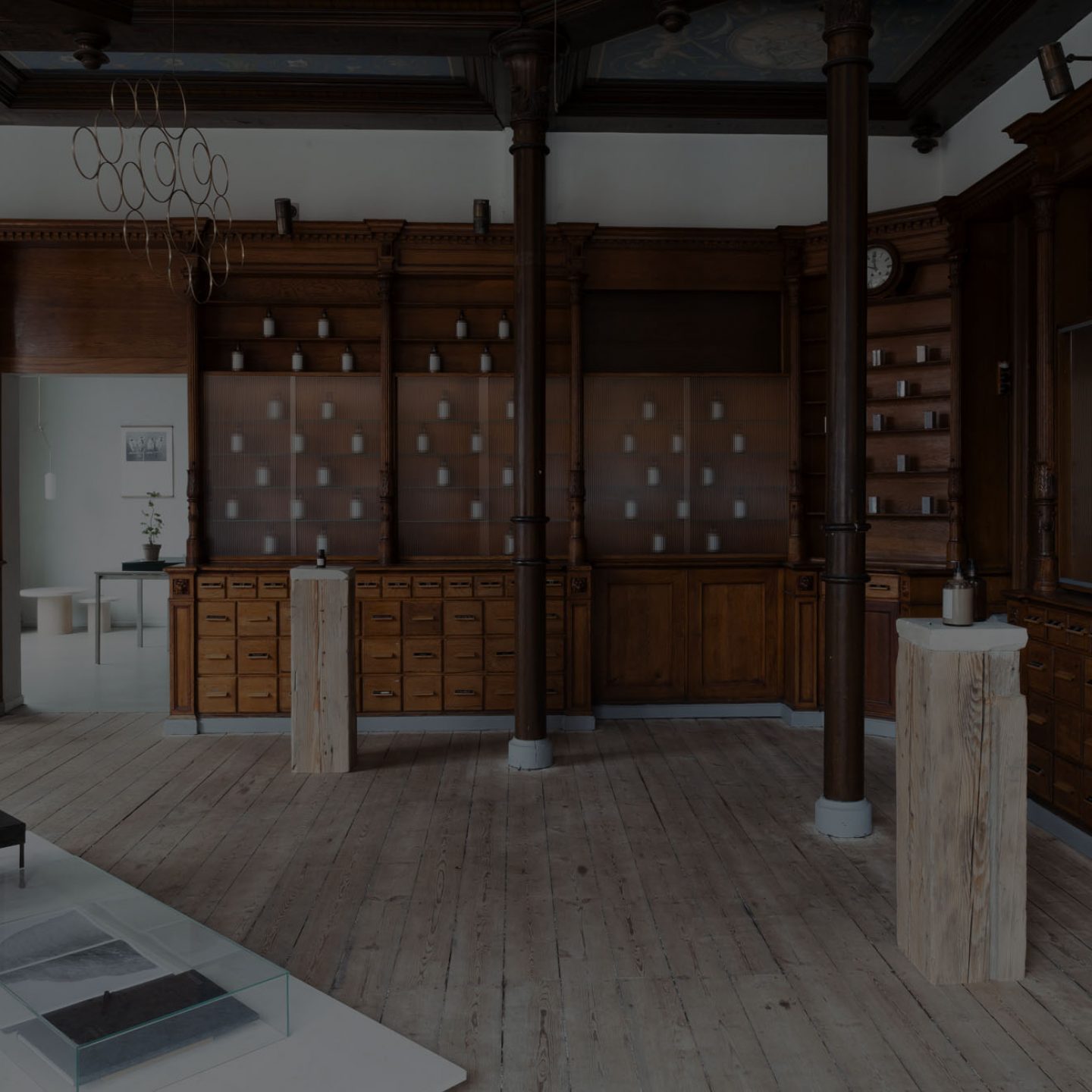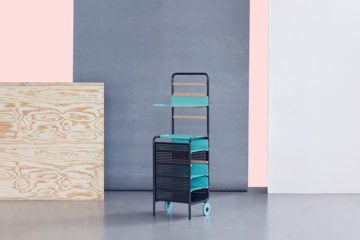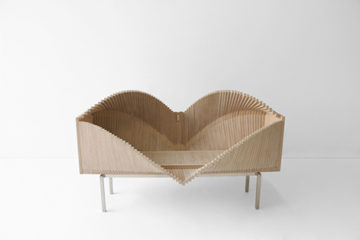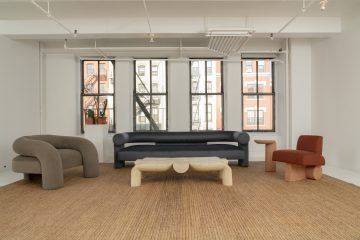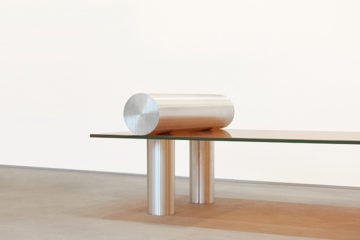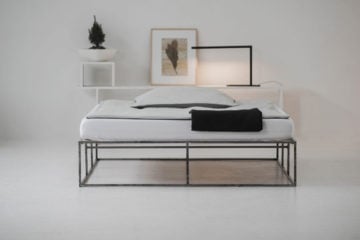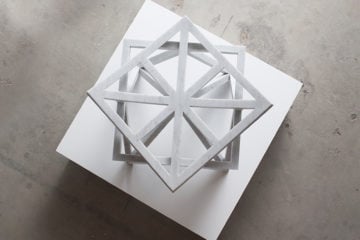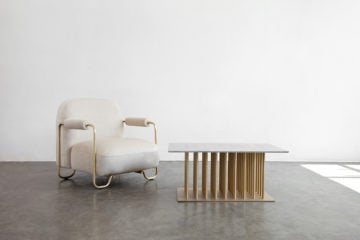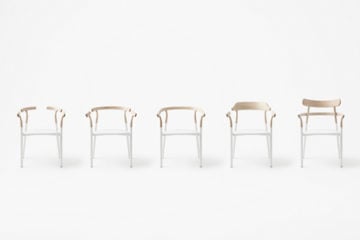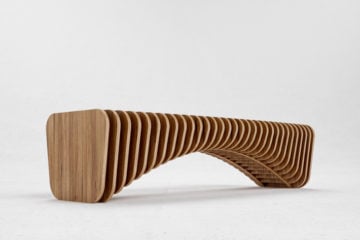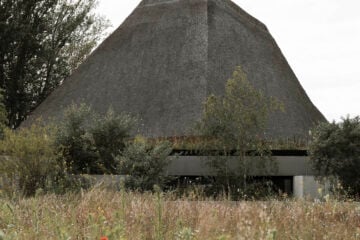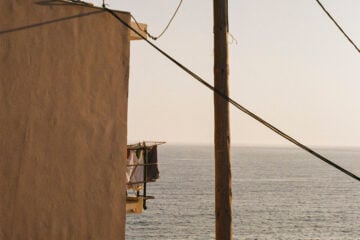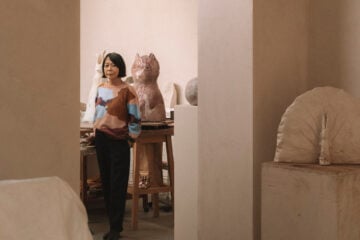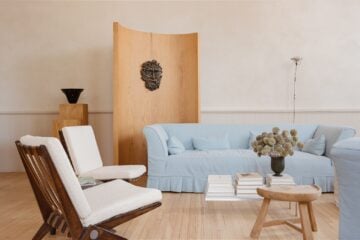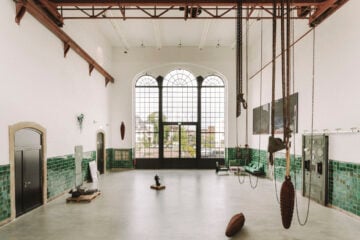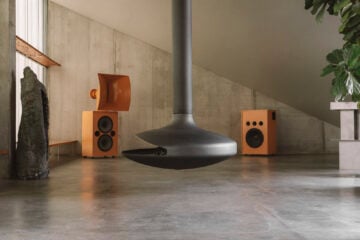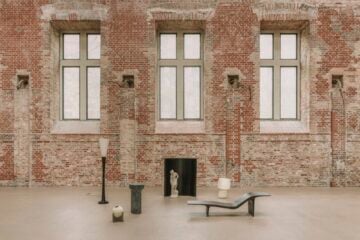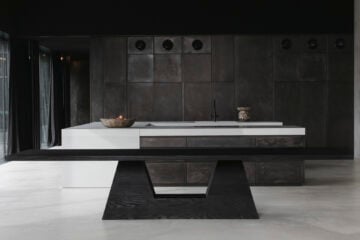- Name
- Frama
- Images
- Jessica Jungbauer
- Words
- Rosie Flanagan
Working to a distinctly Danish model, Frama’s tenets of production are simplicity, timelessness and a return to basics. Through a dialogue with the past — but not an overindulgent one — the Copenhagen-based, multidisciplinary studio is creating elegant pieces designed to last a lifetime.
Frama juggles many facets of design, working across furniture, lighting, books, apparel, kitchens, and scents. These seemingly disparate threads are drawn together by their common focus on natural materials, simple geometry and the quest for permanence. The Frama headquarters are appropriately housed in an Apotek from the late 1800s — located in Copenhagen’s historic neighborhood of Nyboder — the original dark wood interior and delicate antique shelving contrast against the contemporary design works of Frama. Here, we spoke to Niels Strøyer Christophersen, one of the founding partners of Frama, about the evolution and ethos of the studio. “We care for a straightforward simplified approach to the creative work we do,” Niels explains. “We believe that collaborations and people will take us in new interesting directions towards the unknown where we feel most inspired and alive.”
"We believe that collaborations and people will take us in new interesting directions towards the unknown where we feel most inspired and alive."
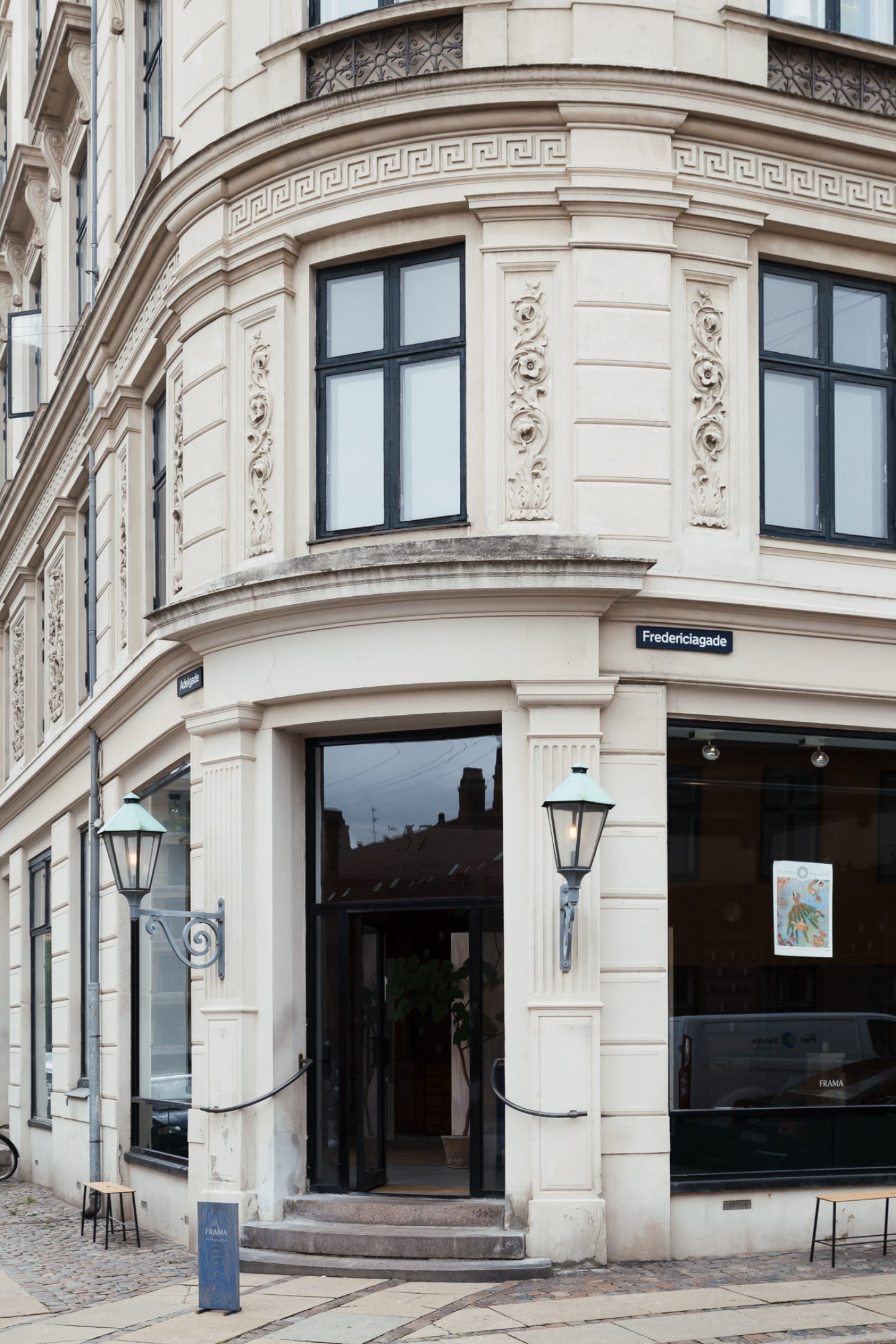
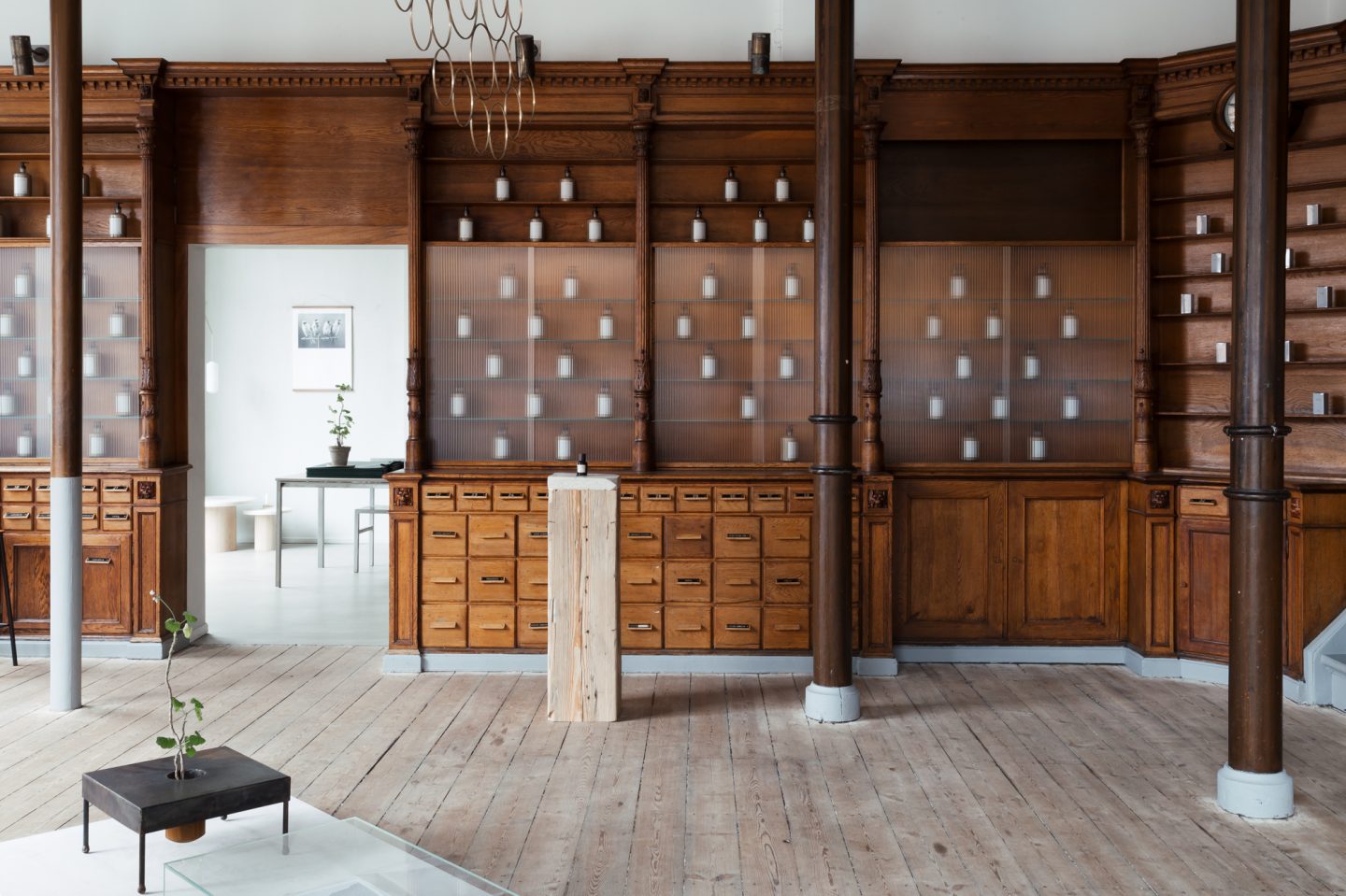
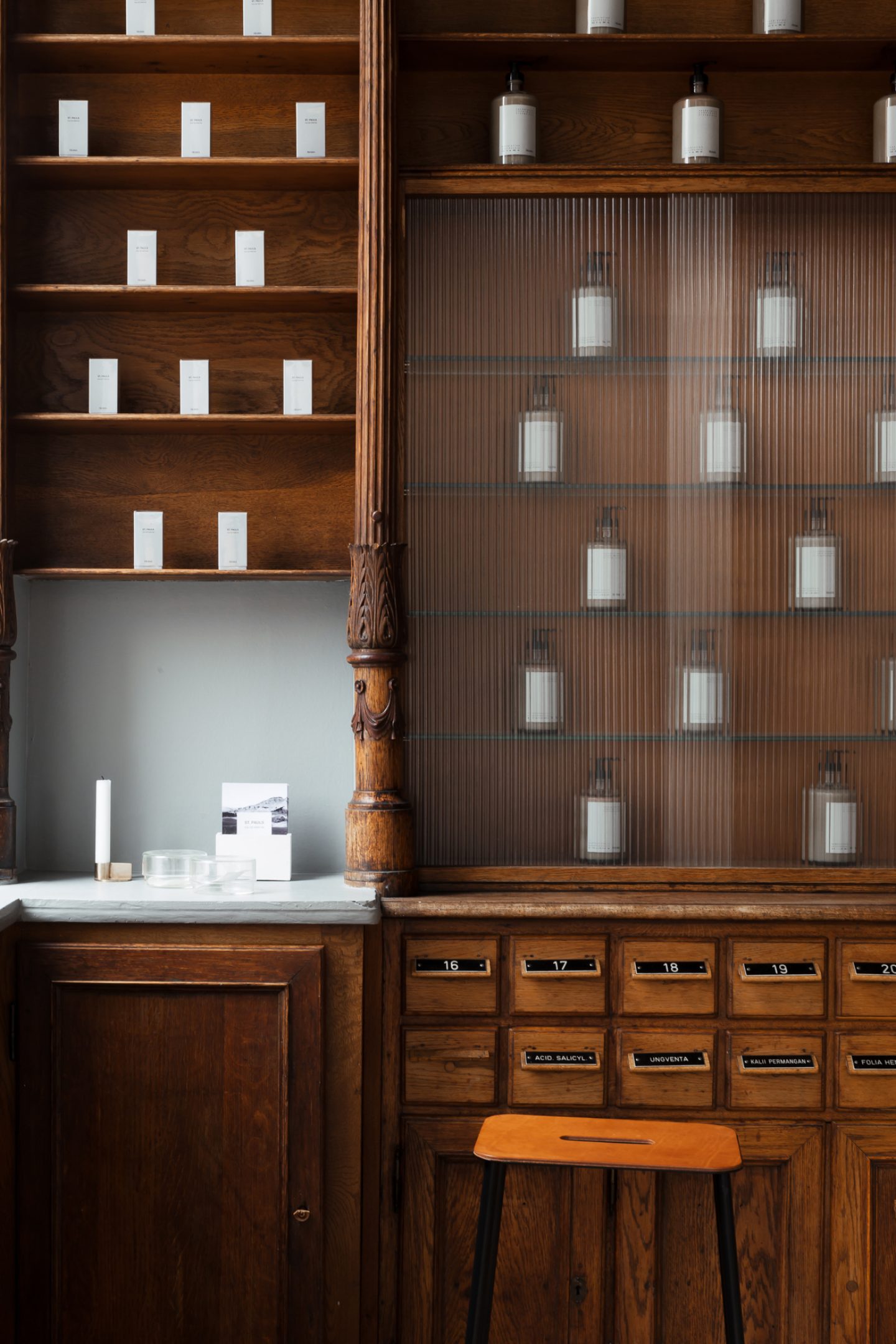
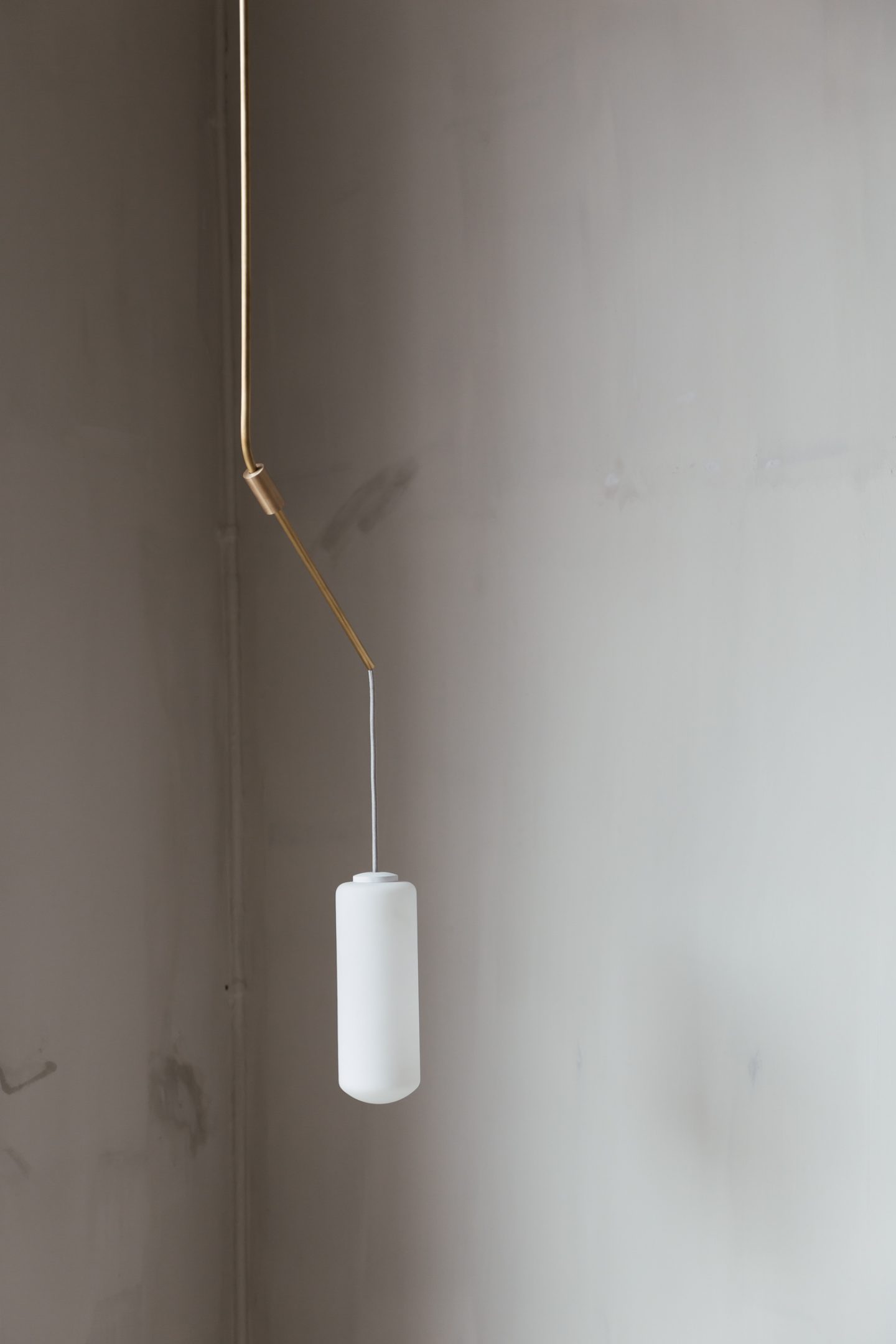
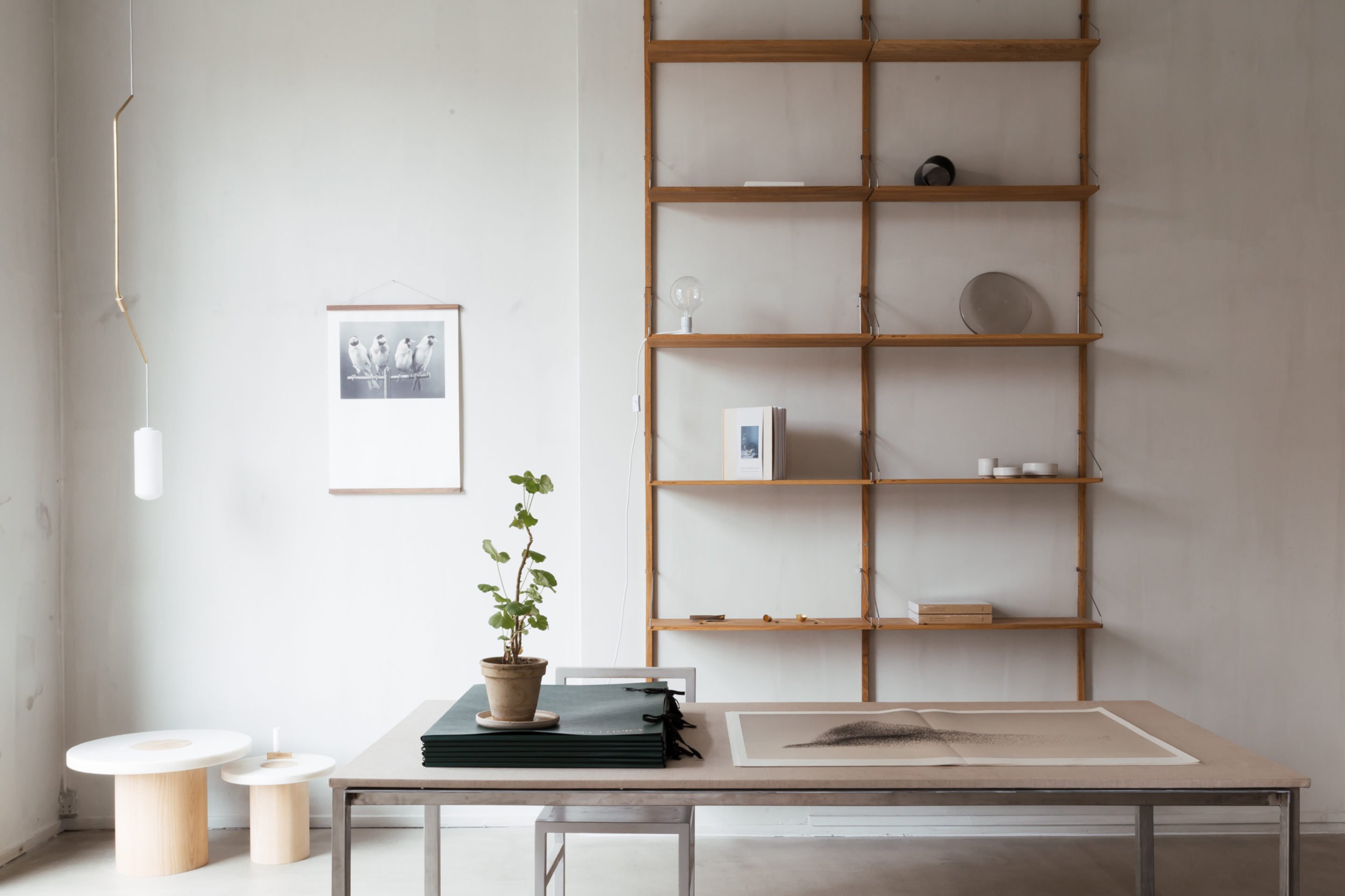
Images © Jessica Jungbauer for iGNANT Production
Essentialism is a key tenet of your design practice. What does it mean to return to the basics in contemporary society? What are the essential building blocks of living well for you?
Your HQ is situated in the former St. Pauls Apothek (founded in 1878) in the historic neighborhood of Nyboder. How does having this space, in this place, influence your identity as a studio?
It is in the mindset, values, and approach of the Frama DNA that we care for historical features in our everyday life — because at the end of the day it is these places and thoughts that made us who we are today. We care a lot for the space and its original ornamented woodwork. Many of these decorated details stand in sharp contrast to our contemporary pieces, but we believe there is a direct link and a mutual respect. In several of our pieces, you’ll find references and motivations from earlier design periods.
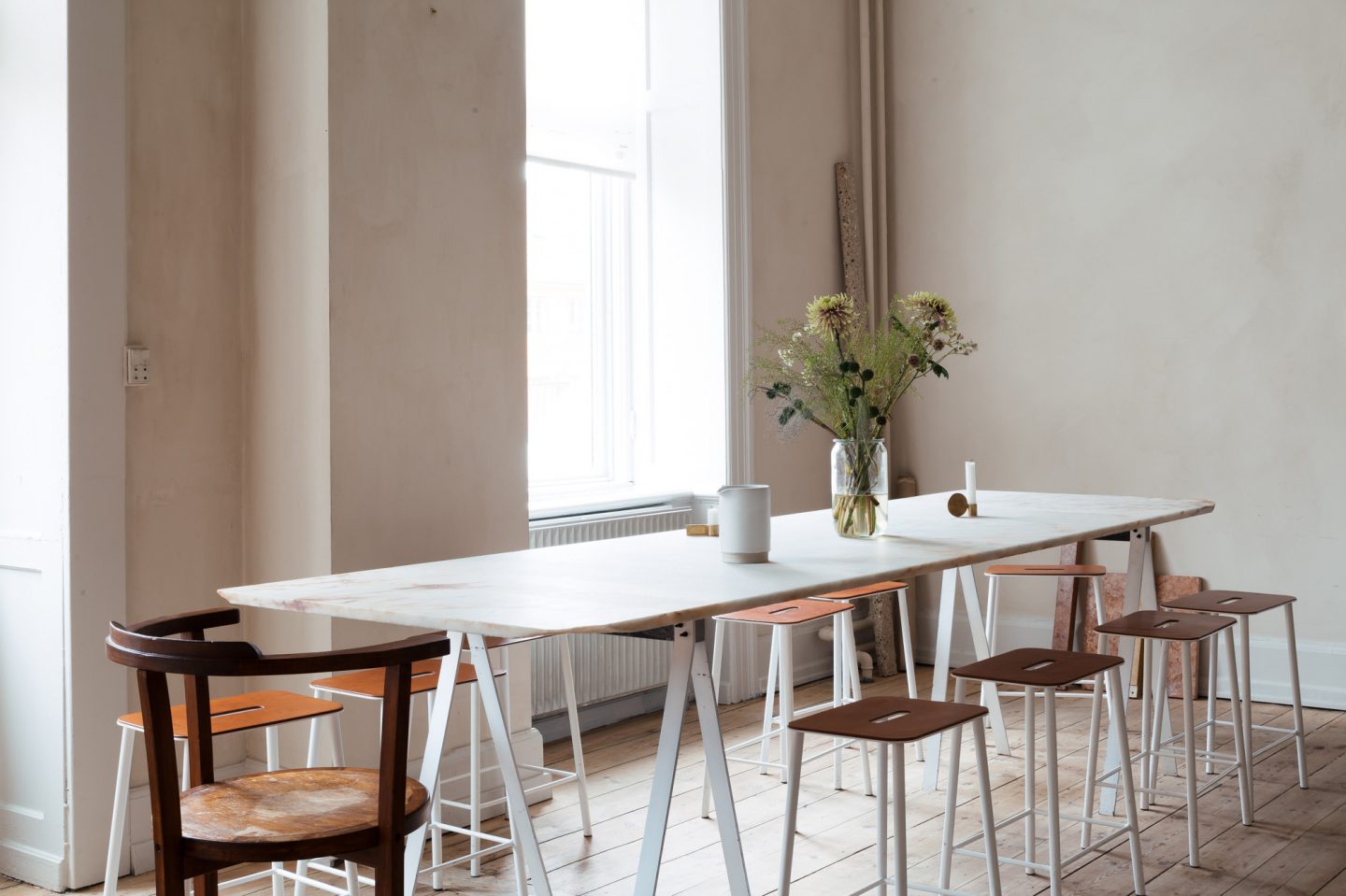
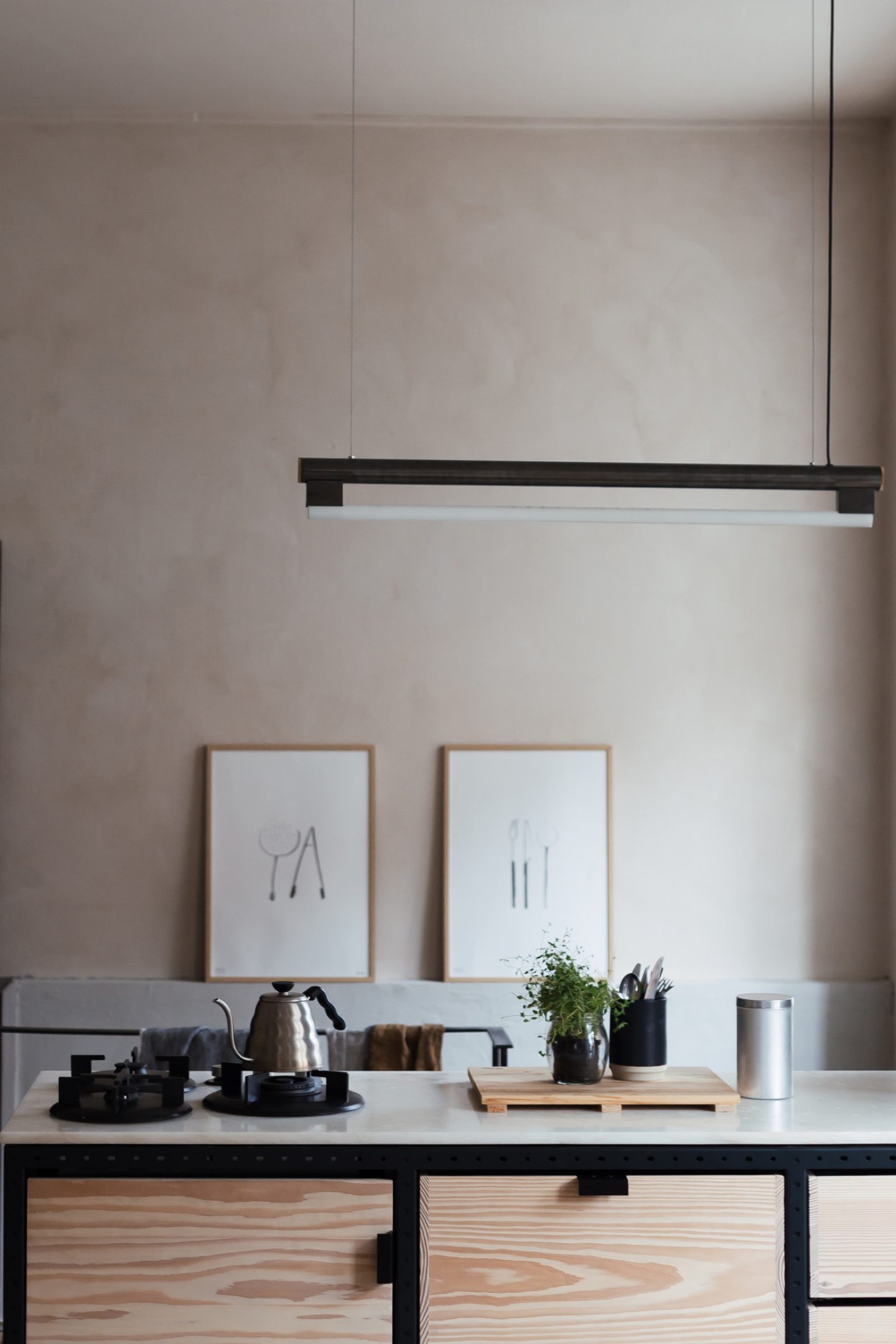
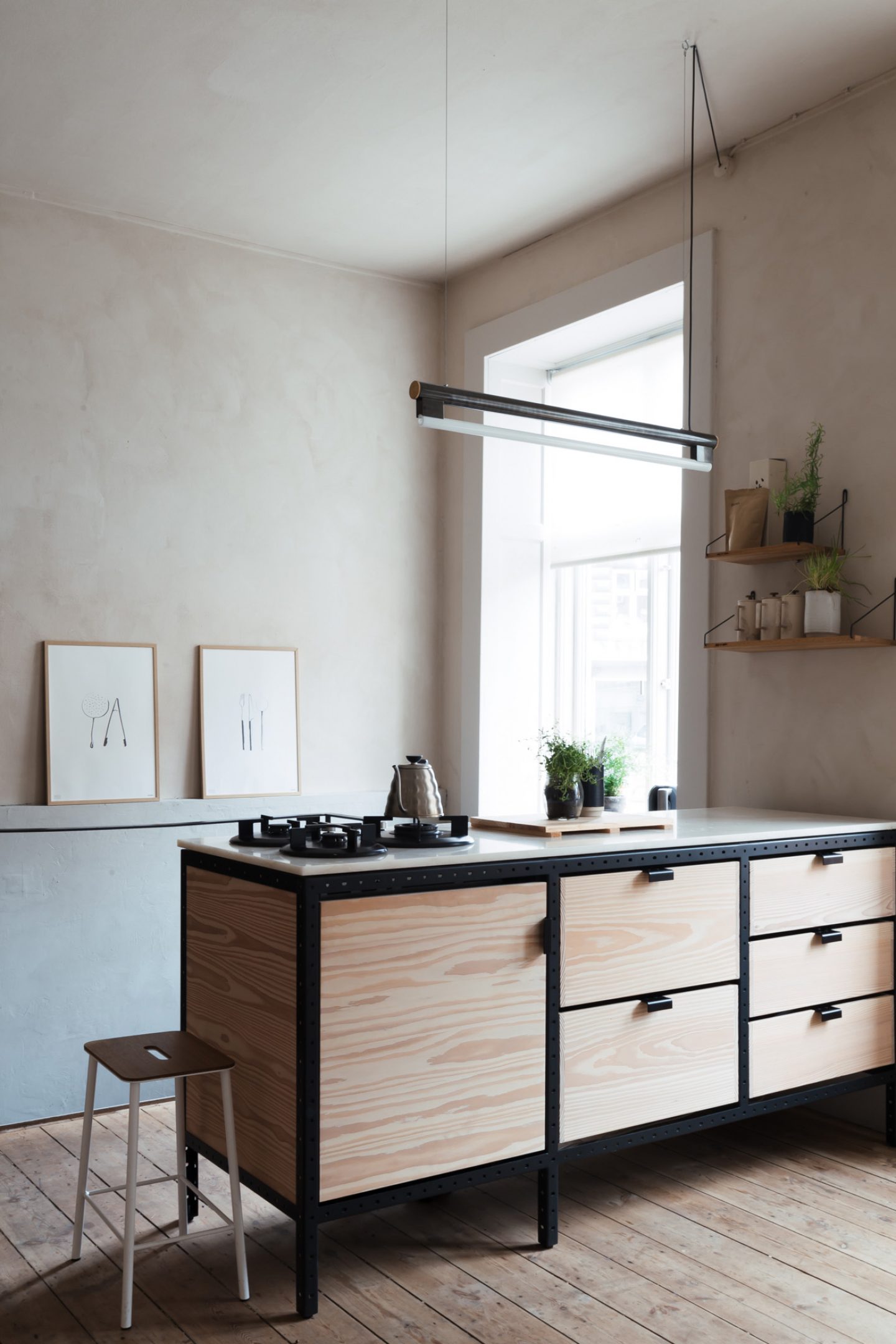
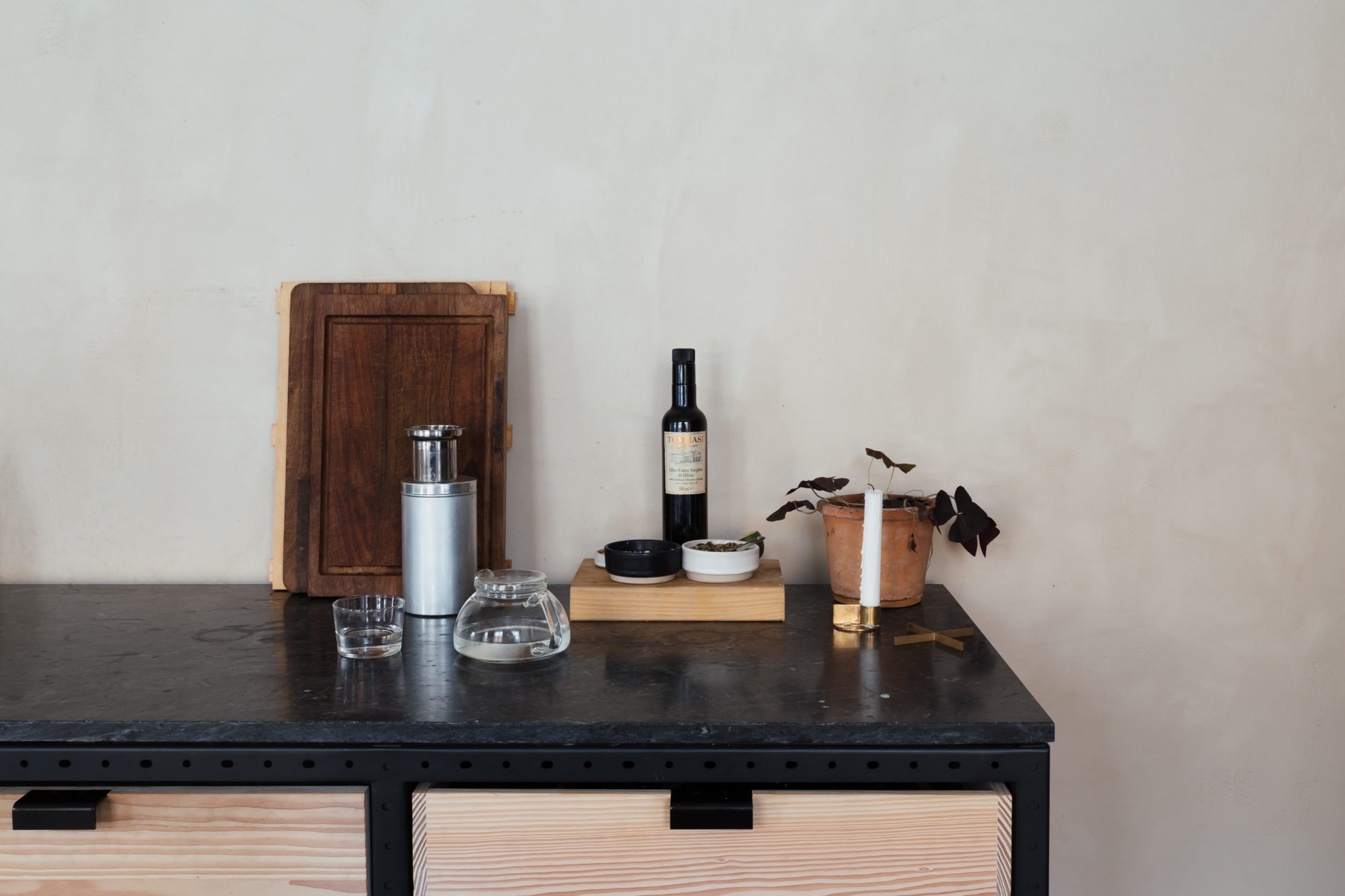
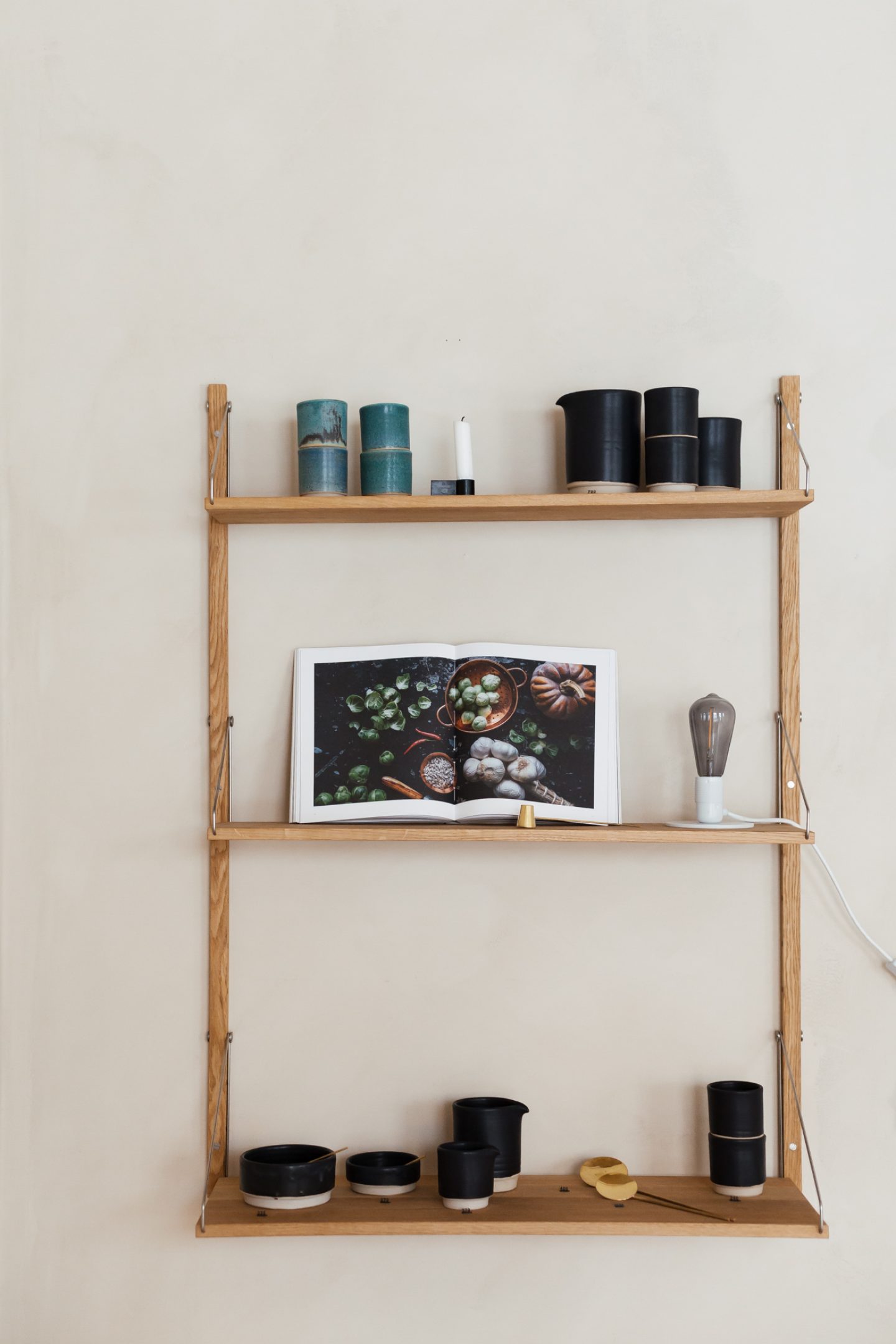
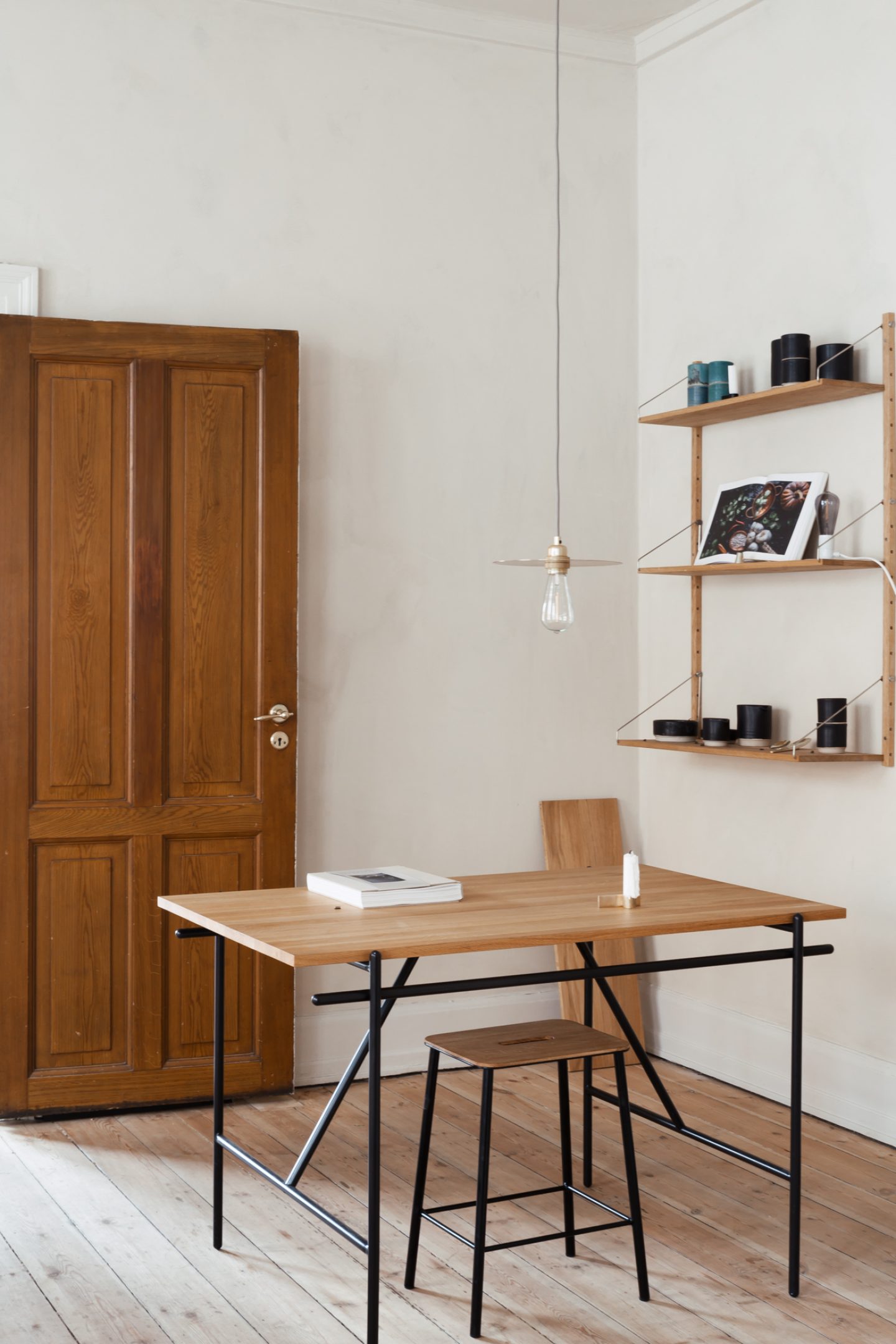
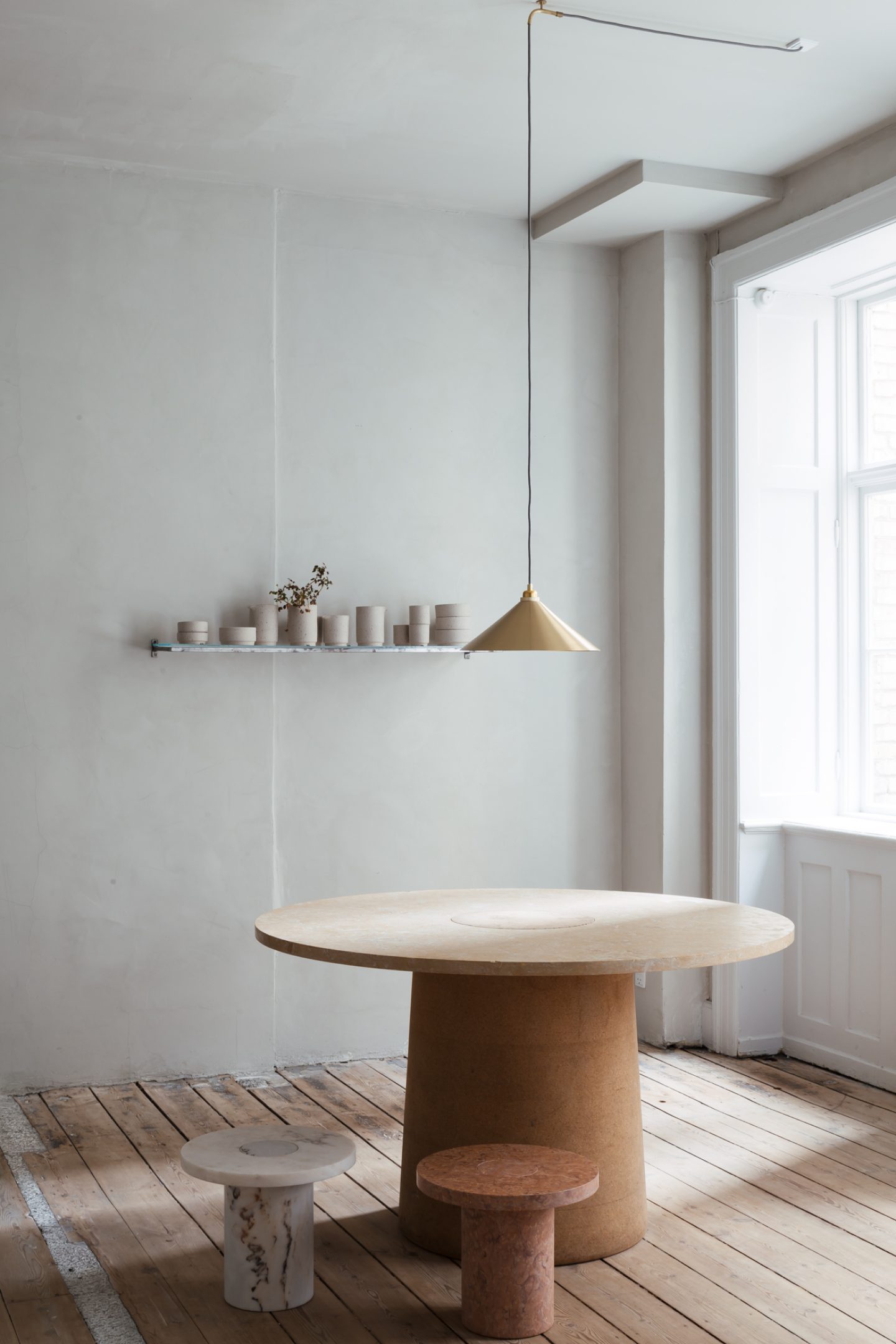
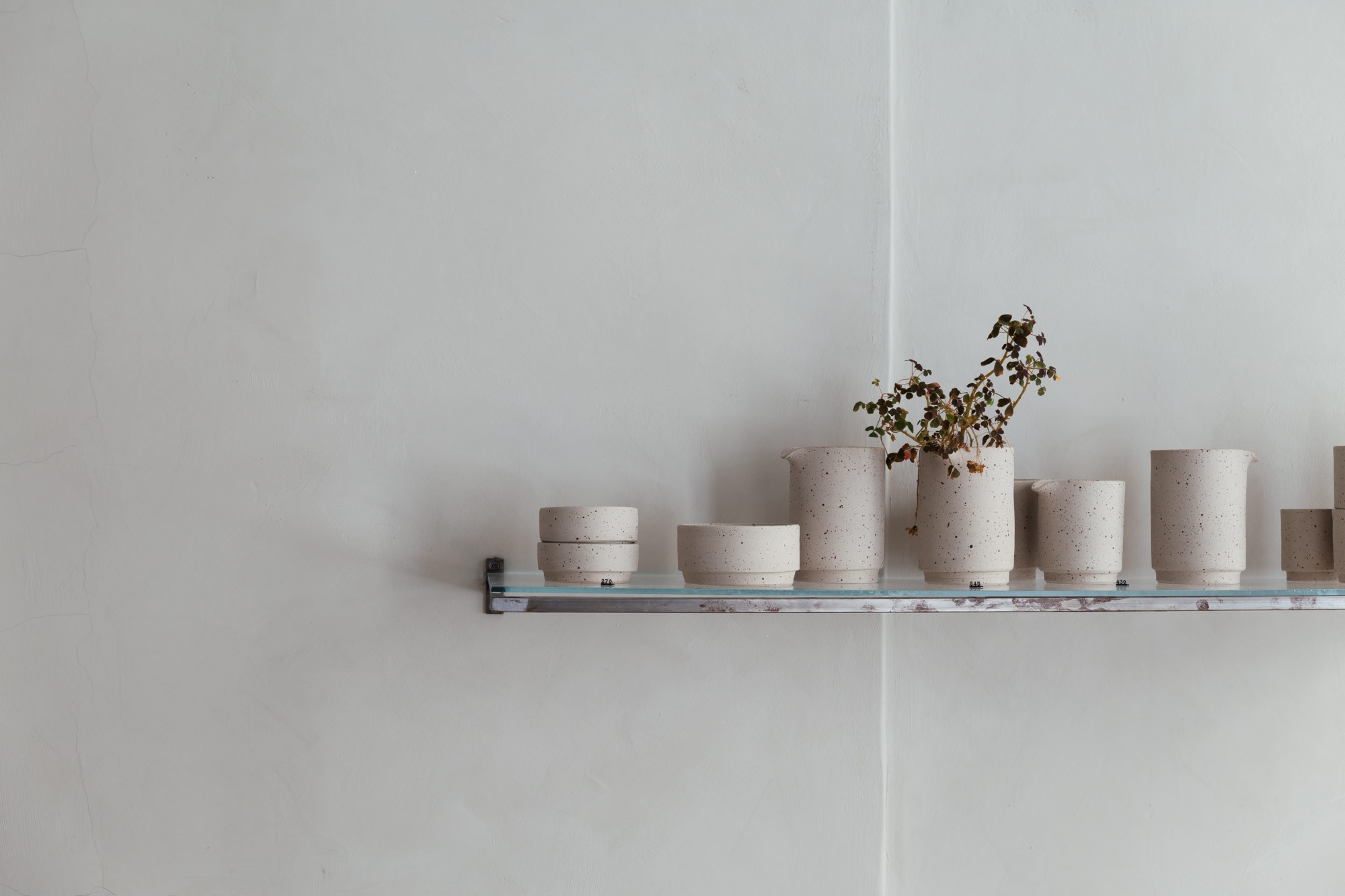
Images © Jessica Jungbauer for iGNANT Production
You also have studio store in Stockholm and Oslo — which is reopening in October. How does each store reflect the nature and needs of the Scandinavian city it’s located in, whilst embodying the distinct Frama ethos?
You could think that Oslo, Stockholm, and Copenhagen are very comparable cities, but actually, it becomes very clear when visiting that the cities and citizens are very original and different from one another. So each Frama space is therefore also very different — because we appreciate the national feel, city feel and neighborhood feel of where the individual space is located. Each store has in common a calmness and an honest atmosphere. The spaces also invite the guest to take part in a dialogue, so the best experience in our stores is if you interact and use your senses. It can be a quite different experience the first time because, we, as a consumer, are used to a retail market that is trying to “steal our money” with various “marketing” tools. We hope our stores offer space and time for people to feel present and free to interact with various materials and objects.
You recently launched 1917, the second scent in the Frama St. Pauls Collection. Can you walk us through the process of creating an Eau de Parfum? How do you see the relationship between the experience of furniture and design objects and that of personal scent?
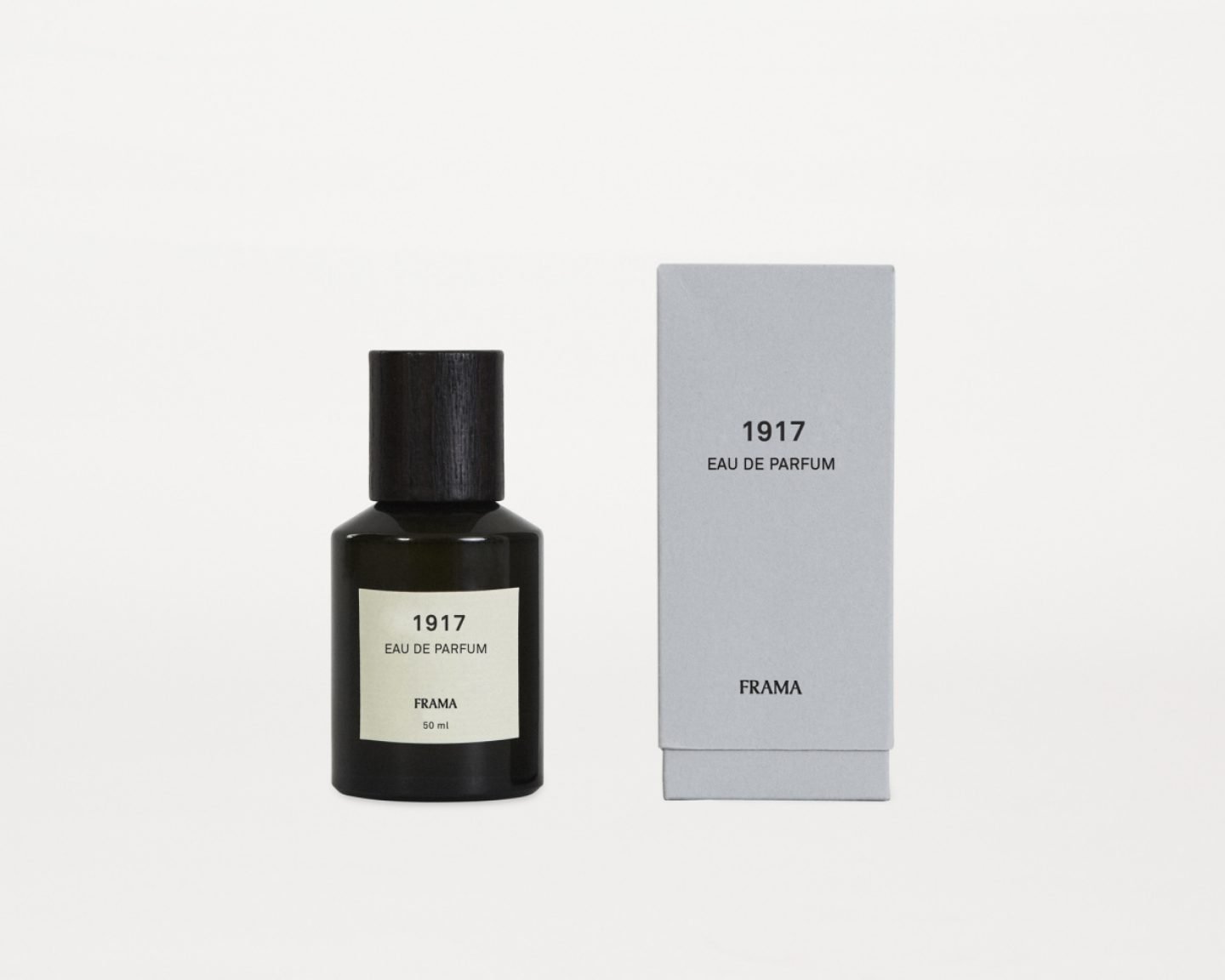
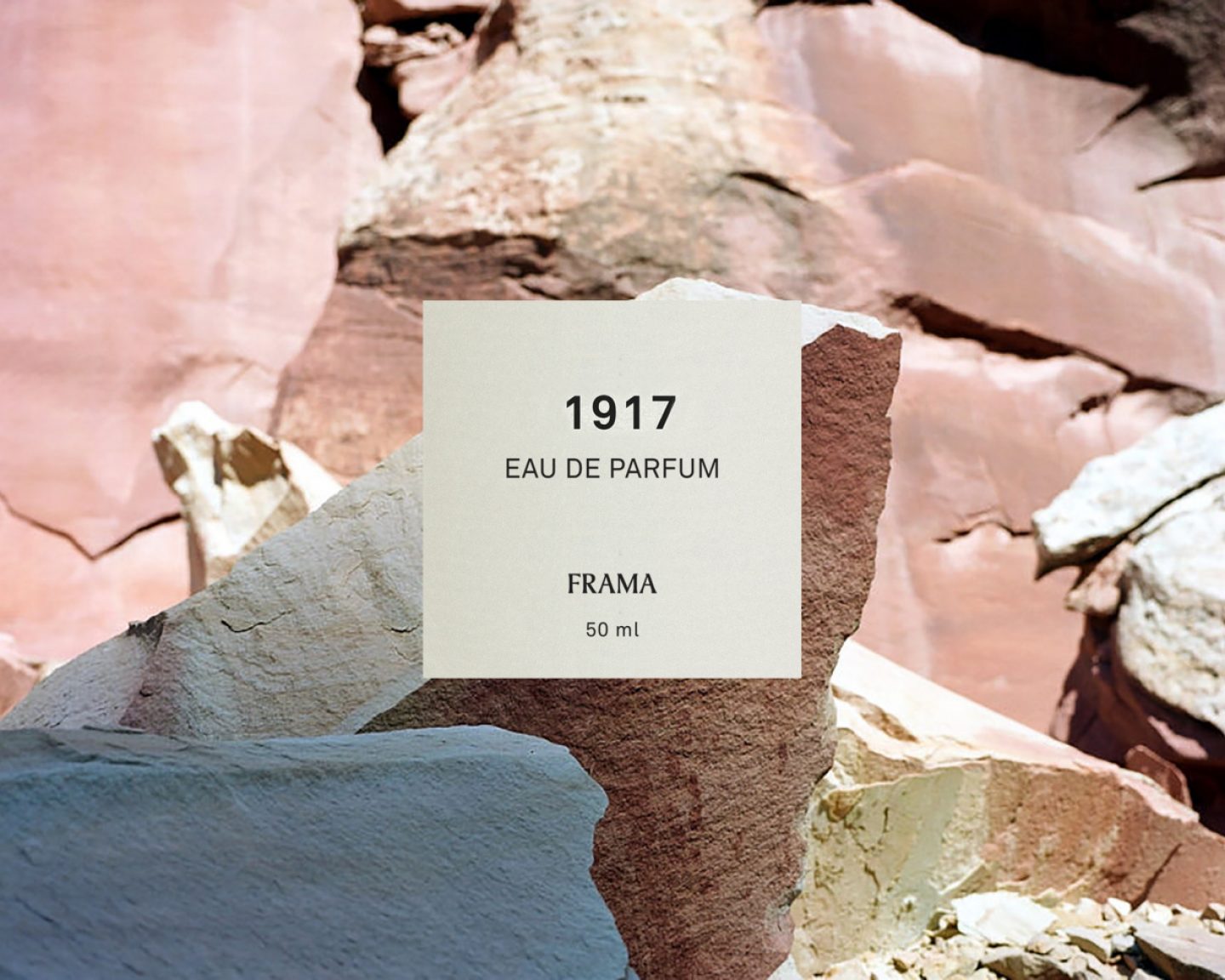



The Eau de Parfum is an interpretation of the classical Chypre from 1917 and was created in collaboration with Kunsthal Aarhus. More information here.
Your book, Dialogues by Frama and Our Food Stories, which was launched recently in Berlin together with the eponymous creative duo. What sparked the idea behind this book, and the most inspiring thing you learned in the process of its creation?
Releasing Dialogues, our first book project, was a big initiative and it involved several talented people. Making a book is very different to making a product catalog, the book has to reach a market as an attractive product, and not a sales tool. The main chapter is a collaboration with the German-based Our Foods Stores owners Laura and Nora. That particular collaboration began because they found their way to our Aj Otto Stoneware Collection and wanted to use it for styling and generally in their kitchen studio. I thought it was interesting that the incredible work of theirs has never been printed before, it has only been shared on digital platforms. We suggested doing a book together, without knowing the amount of work it would take. Even though we have a very different approach and structure to our creative fields, we share a mutual respect and trust in each other’s work. The most inspiring part was the hours spent with many different creative people and different energies culminating in the final book — a result which we find very much in balance, a peaceful pleasant piece of literature.
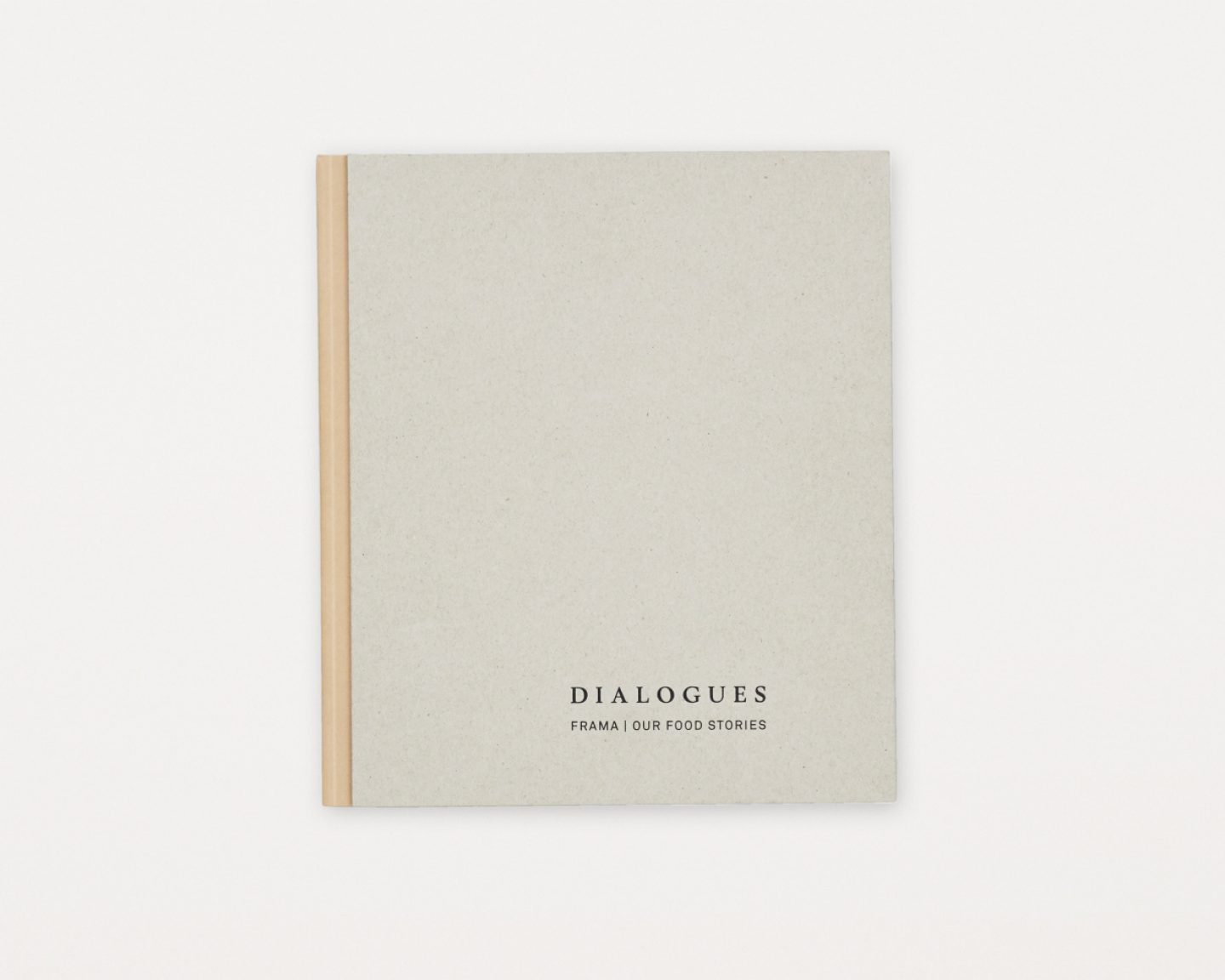
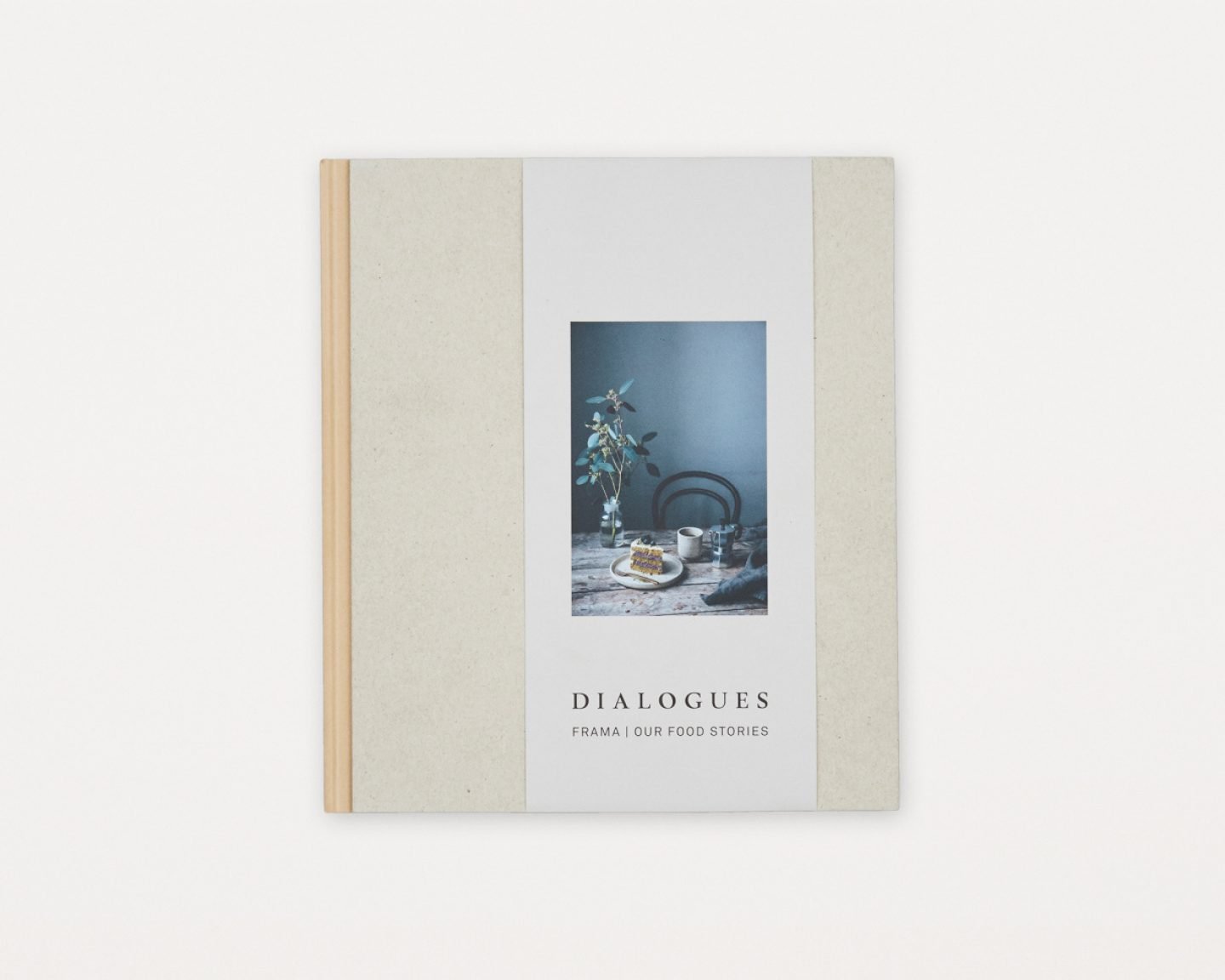
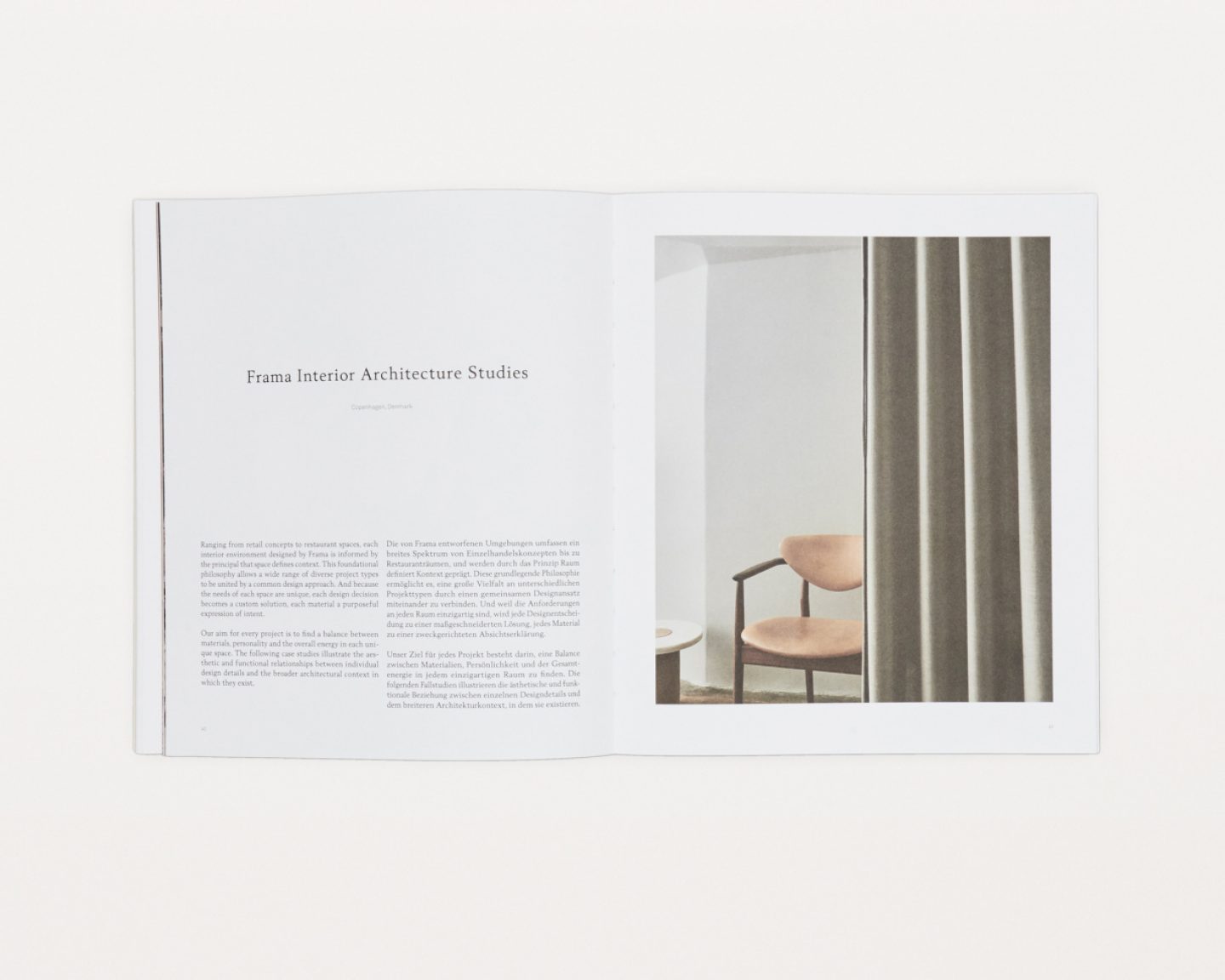
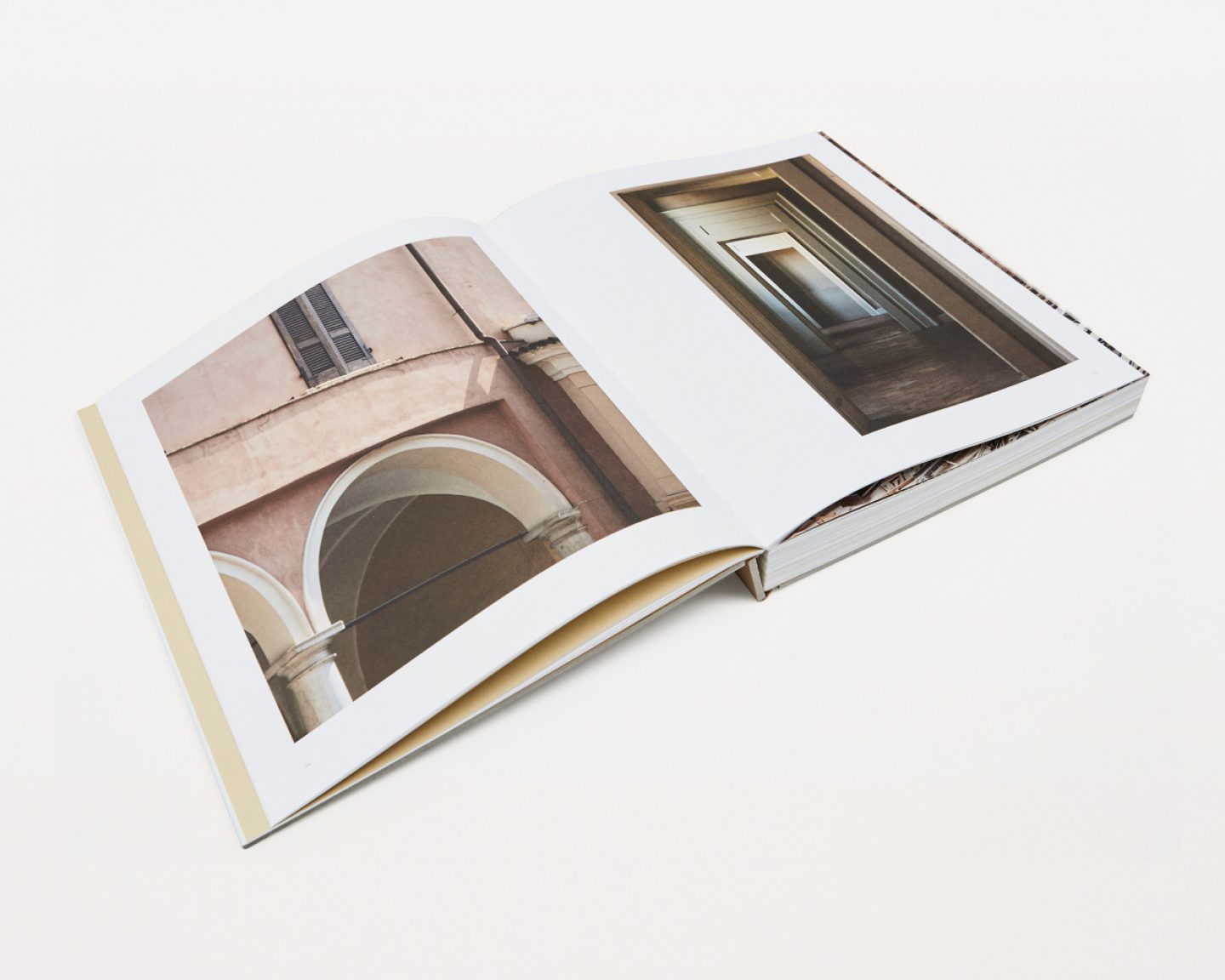
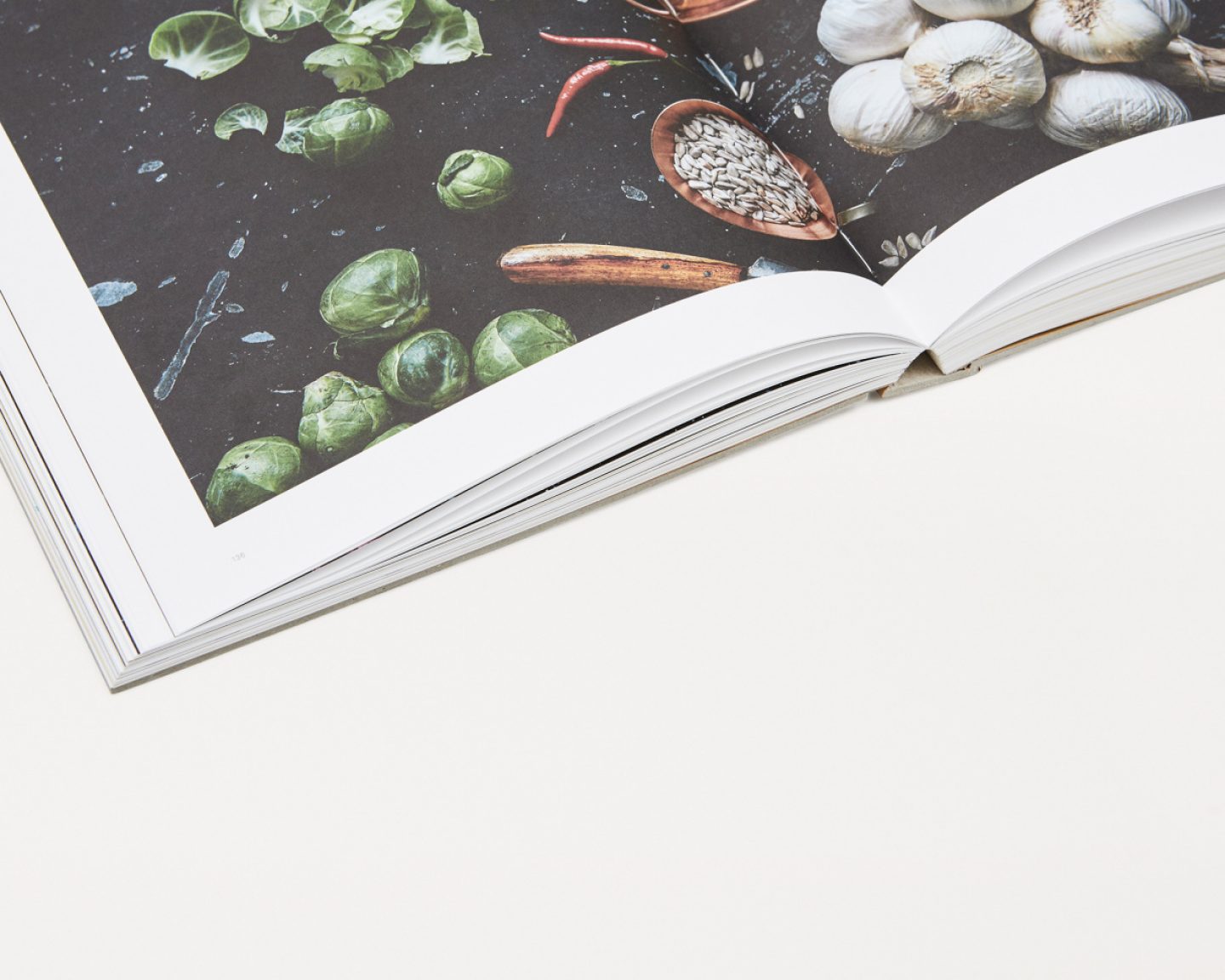
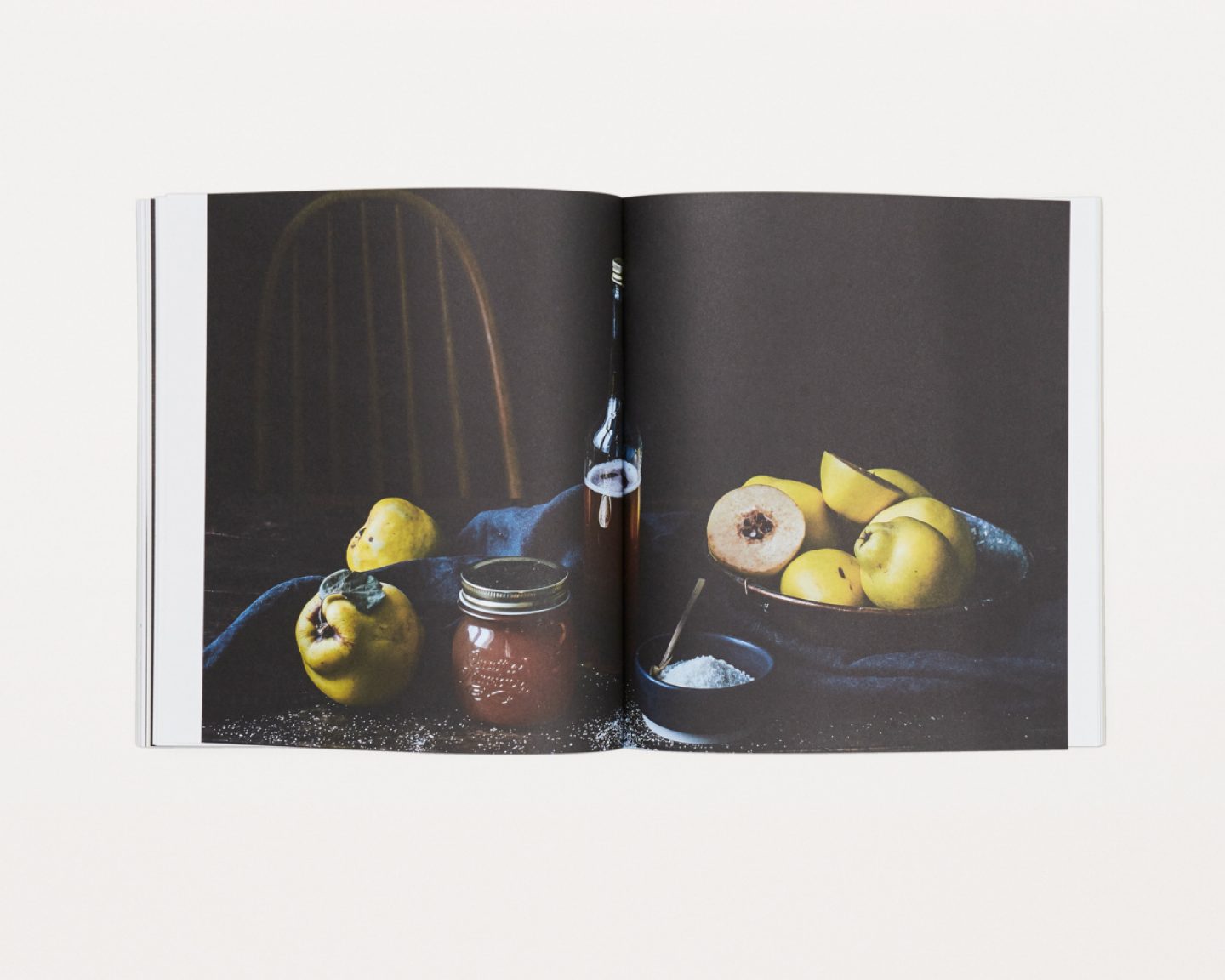







Dialogues by Frama & Our Food Stories – Hardcover, 320 Pages. More information here.
The Frama Artist Residence in Palazzo Monti is another of your initiatives, grounded in partnership with the Scaroni-Monti family. The first recipient is Leonardo Anker Vandal, whose exhibition, ‘Negative Capability’, explores beauty as perception. What lead to the founding of the residency, and how do you hope it will evolve in future?
We like to be a culture-orientated company rather than a product-based company. Frama Brescia is the first “off the grid” project, where we support artists in partnership with the Scaroni-Monti family at Palazzo Monti. The Palazzo is located in the Italian town of Brescia and was built in the 13th century. It’s a beautiful space, and the ambition is to give artists and creative talents the possibility to explore their ideas in an interesting setting. So we set up the artist residency — as a project it’s meaningful not only to the artists but also to us.
The evolution and breadth of your output are very inspiring. What’s next for Frama? In which direction do you plan on developing over the next couple of years?
We find ourselves and the company in a position where it’s more important than ever to stay true to our core values and not to follow the many temptations of easy and fast growth lead by various trends and fast productions for little money and with a very short lifetime. Besides pieces that follow the paths of our current collections, we will also pursue more intensely the spirit of the Frama culture and values within. We are currently working on new studio spaces in Mexico City, Seoul, Berlin and relocation of our space in New York. Through all this, we will create a stronger awareness and presence of the brand, the culture and the ethos we believe in.
A selection of our favorite Frama products
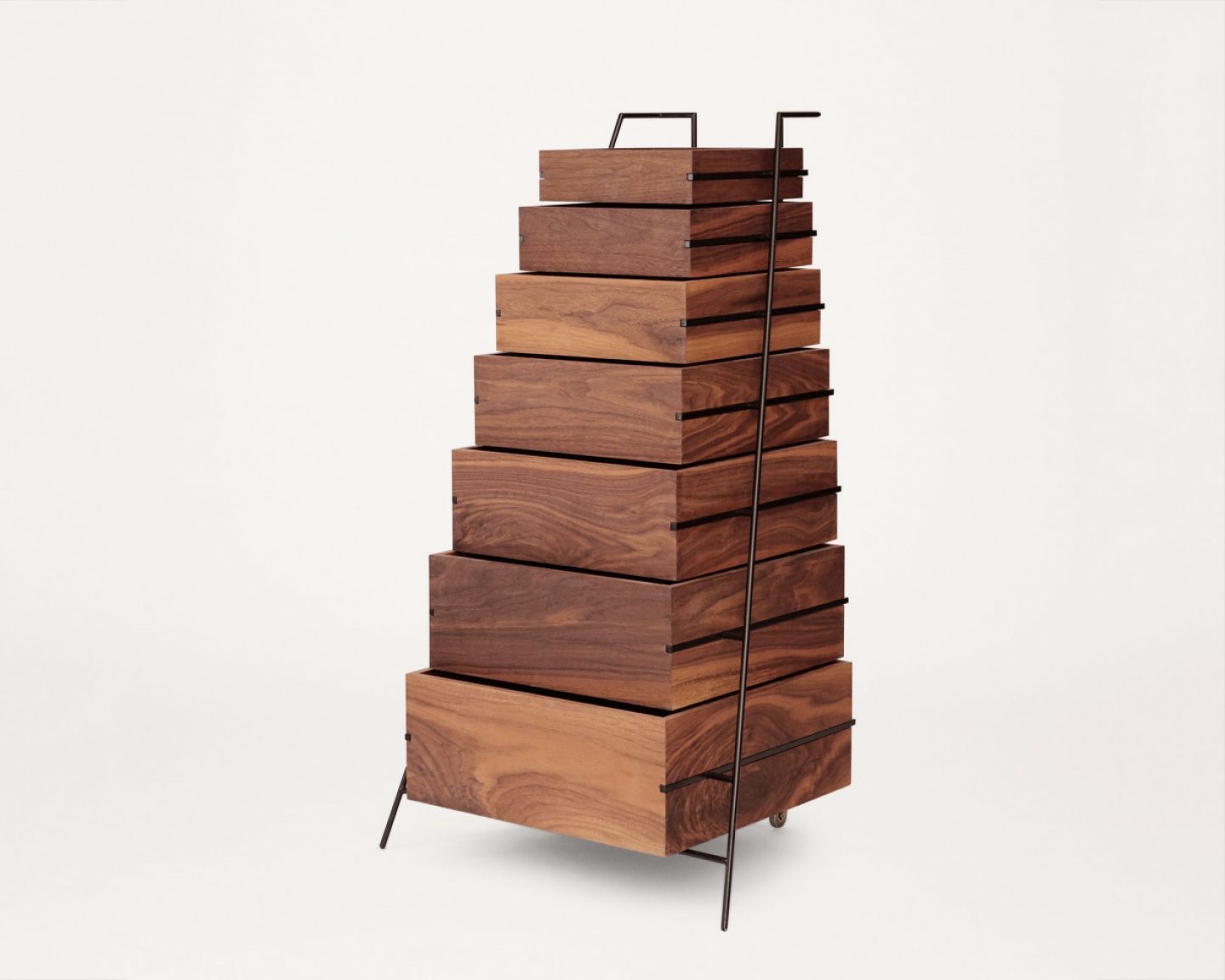
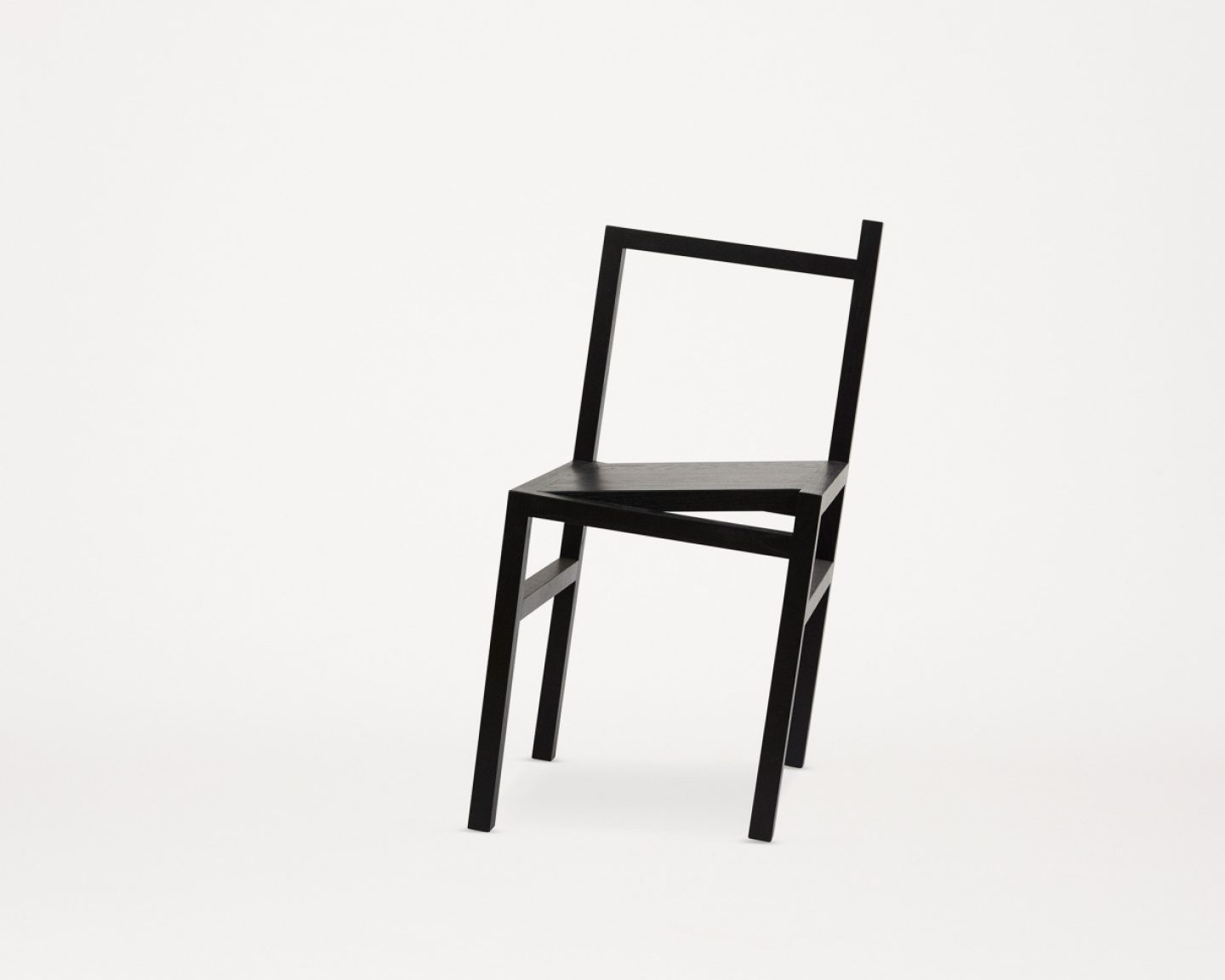
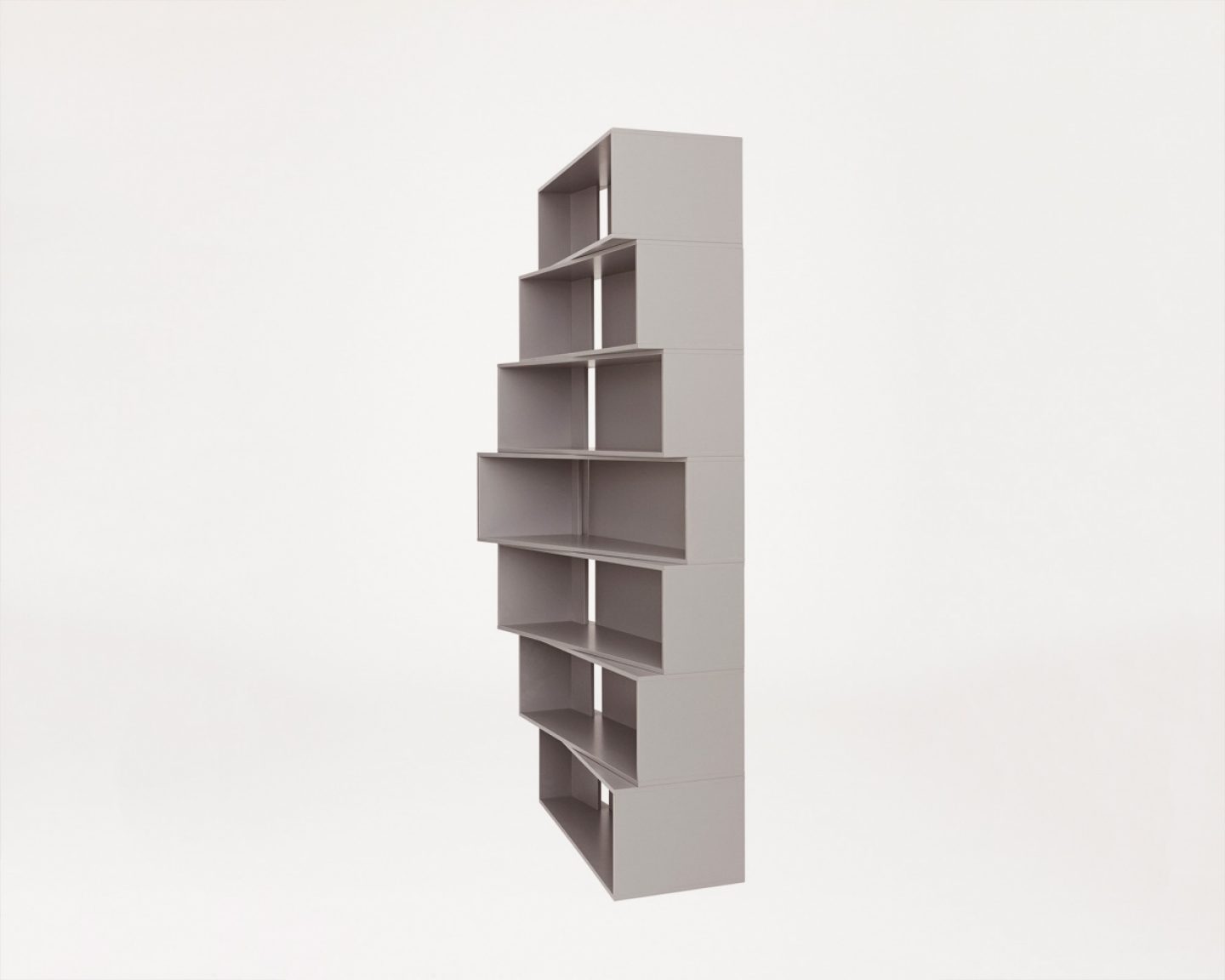
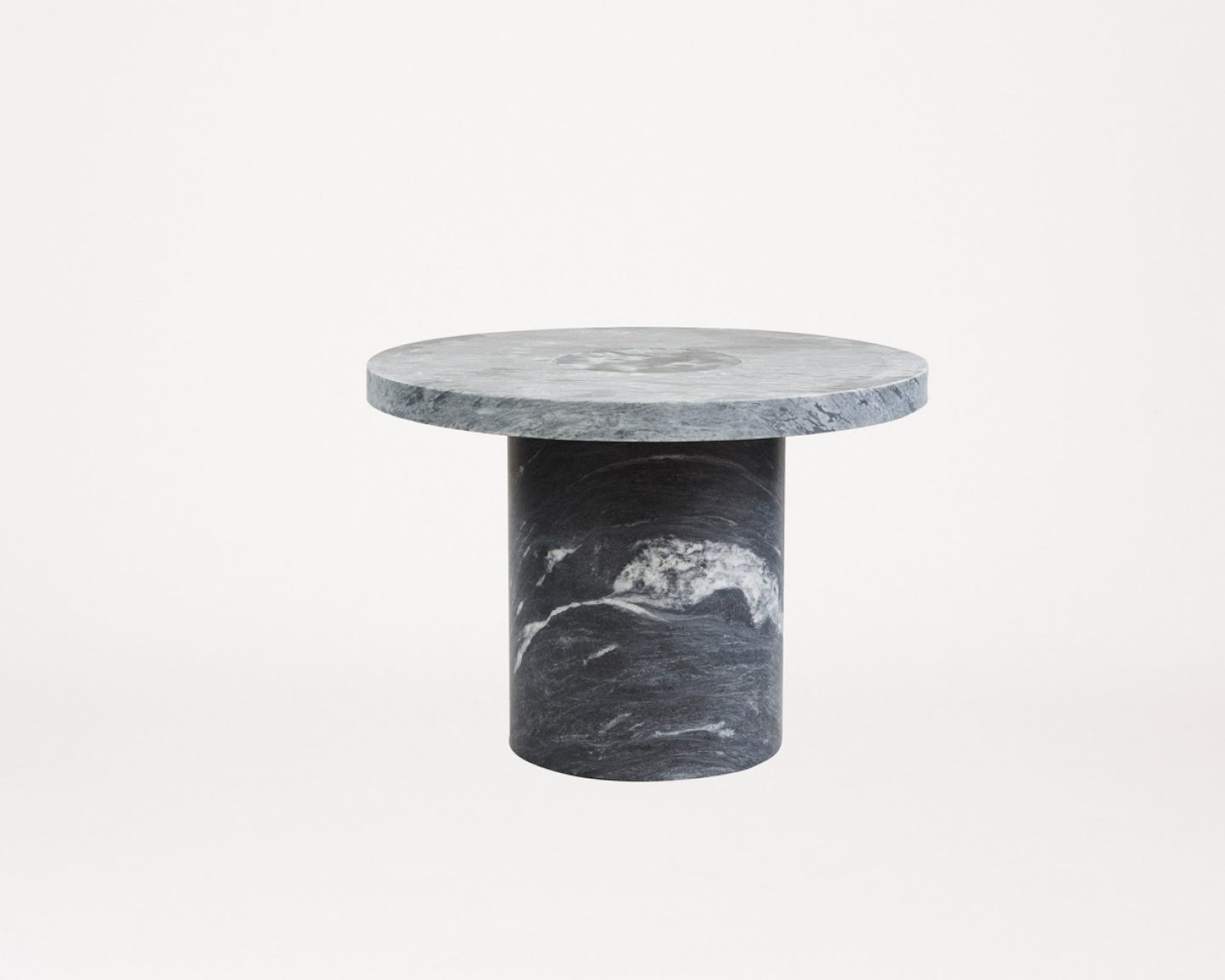
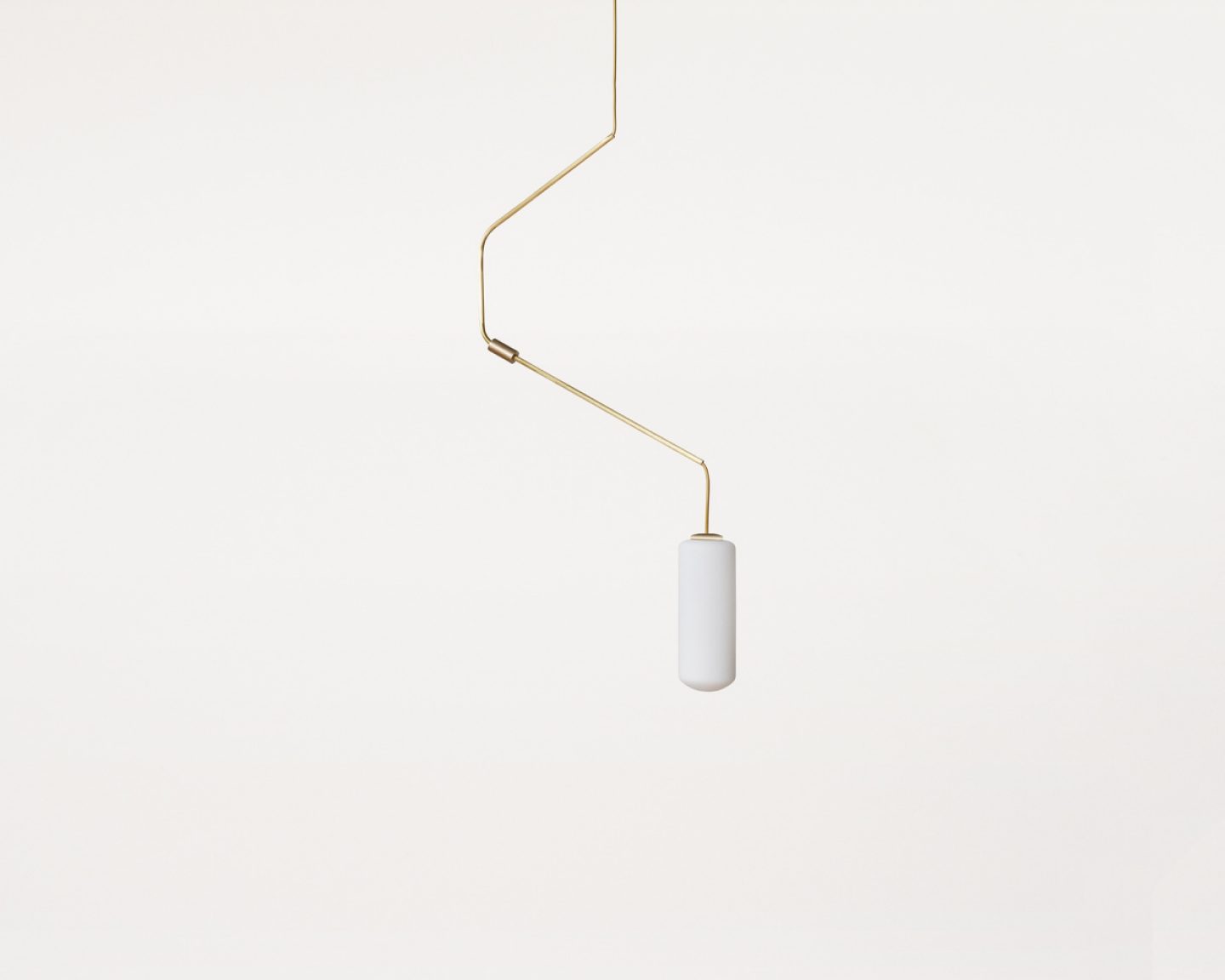
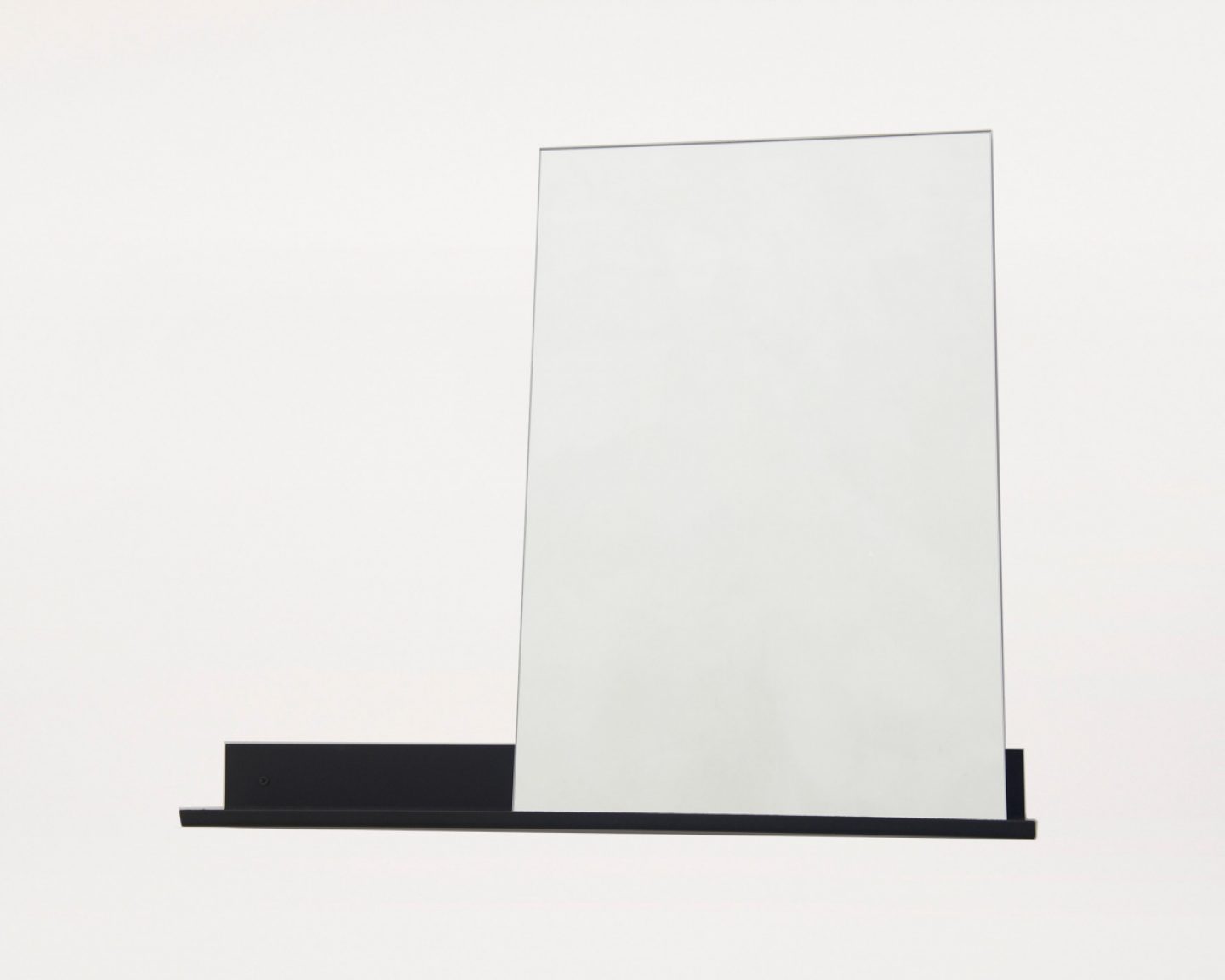
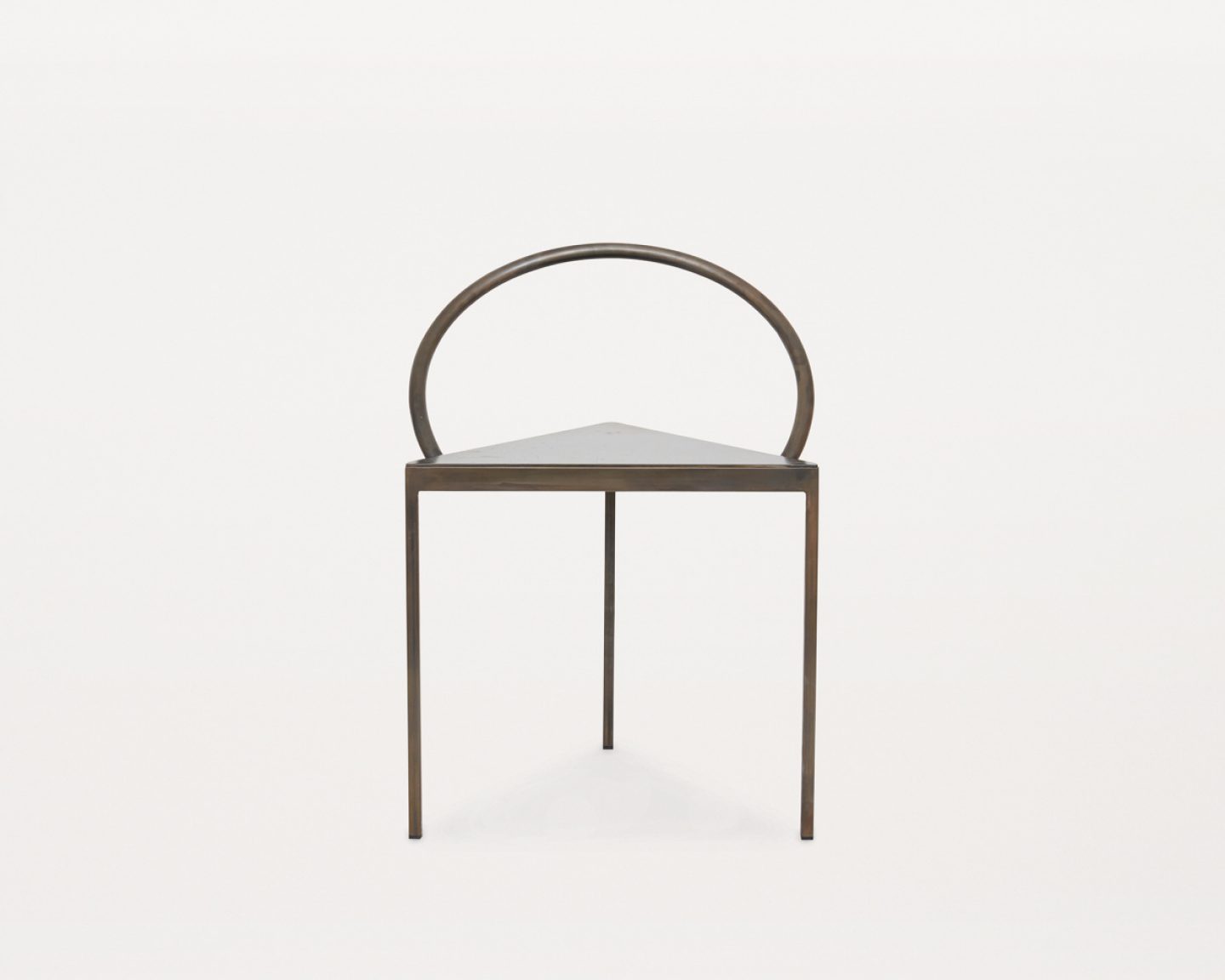








01 9.5° Chair · 02 Vinkel Bookshelf · 03 Sintra Marble Table · 04 Ventus Pendant
05 MS-1 Mirror Shelf · 06 Triangolo Chair · 07 Sutoa Storage Chest
ADDRESS
Frama Studio Store
Fredericiagade 57
1310 København, Denmark
OPENING HOURS
Mo closed
Tu 10:00–17:00
We 10:00–17:00
Th 10:00–17:00
Fr 10:00–17:00
Sa 10:00–15:00
Su closed
CONTACT
Website
Frama Showroom · Copenhagen, Denmark
- Name
- Frama
- Images
- Jessica Jungbauer
- Words
- Rosie Flanagan













